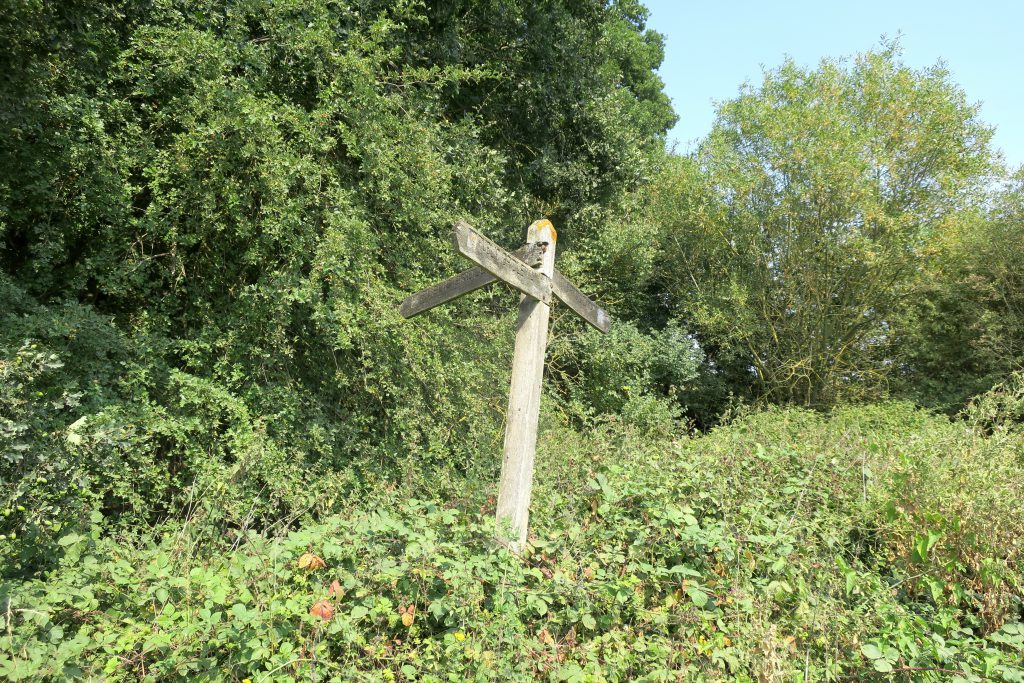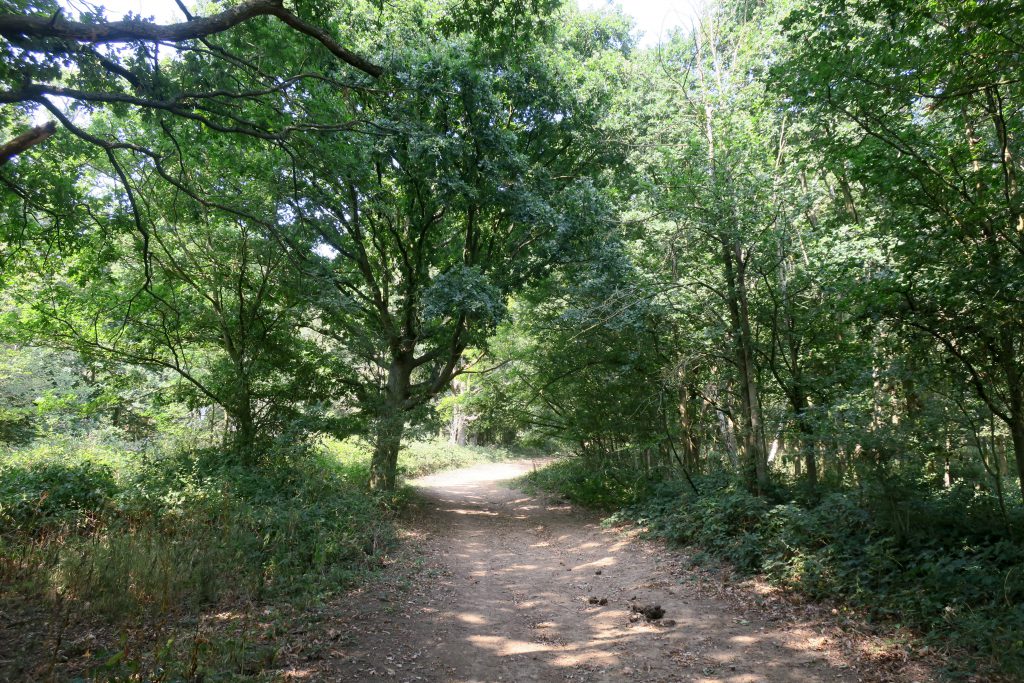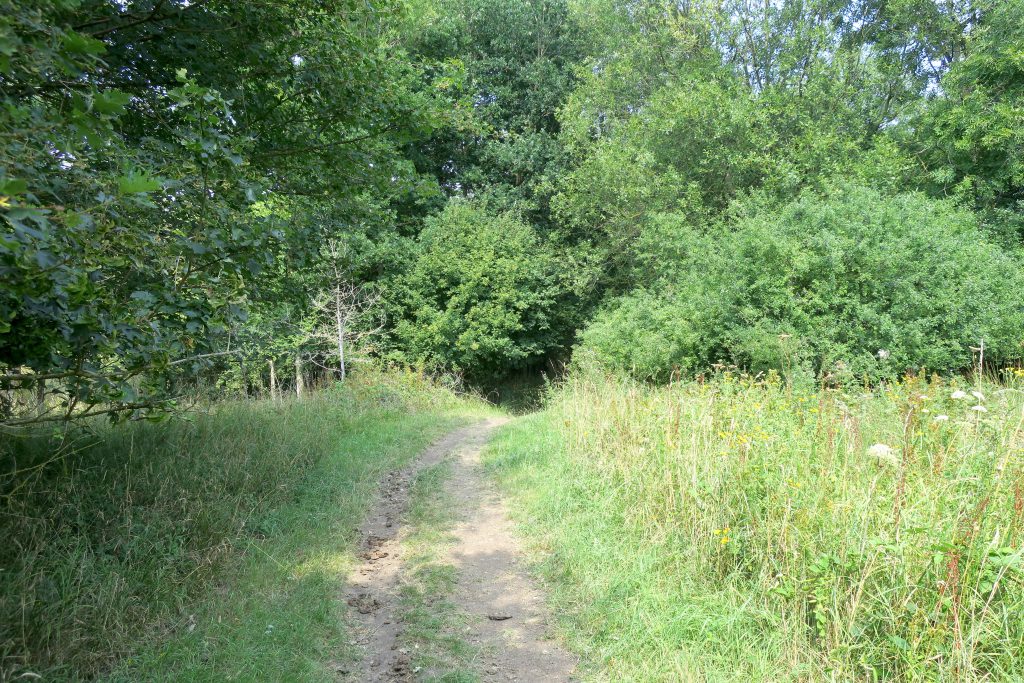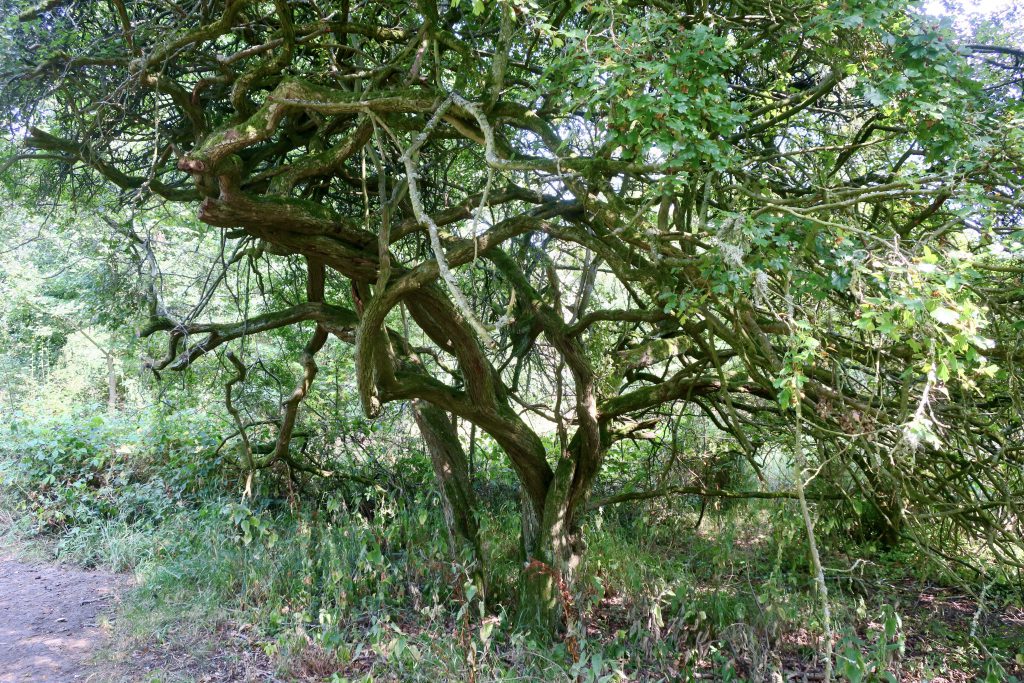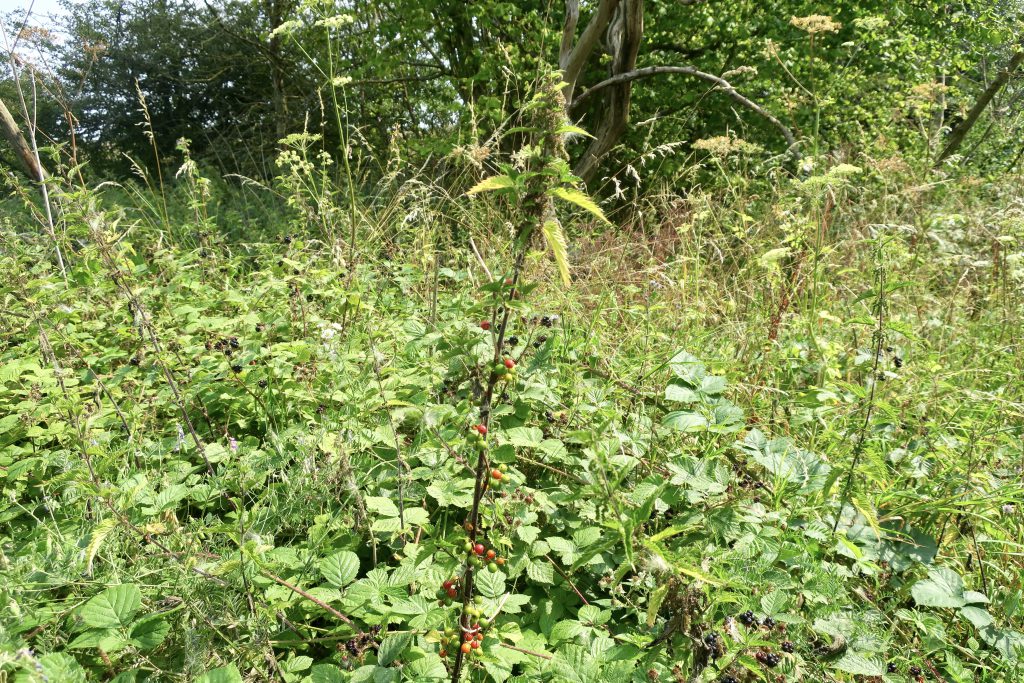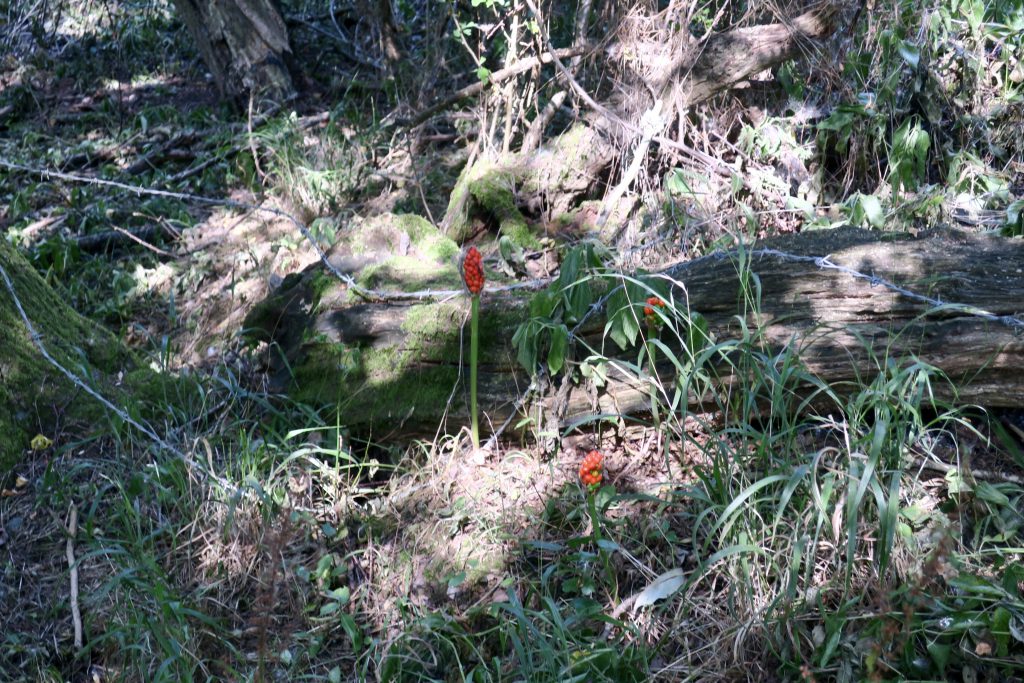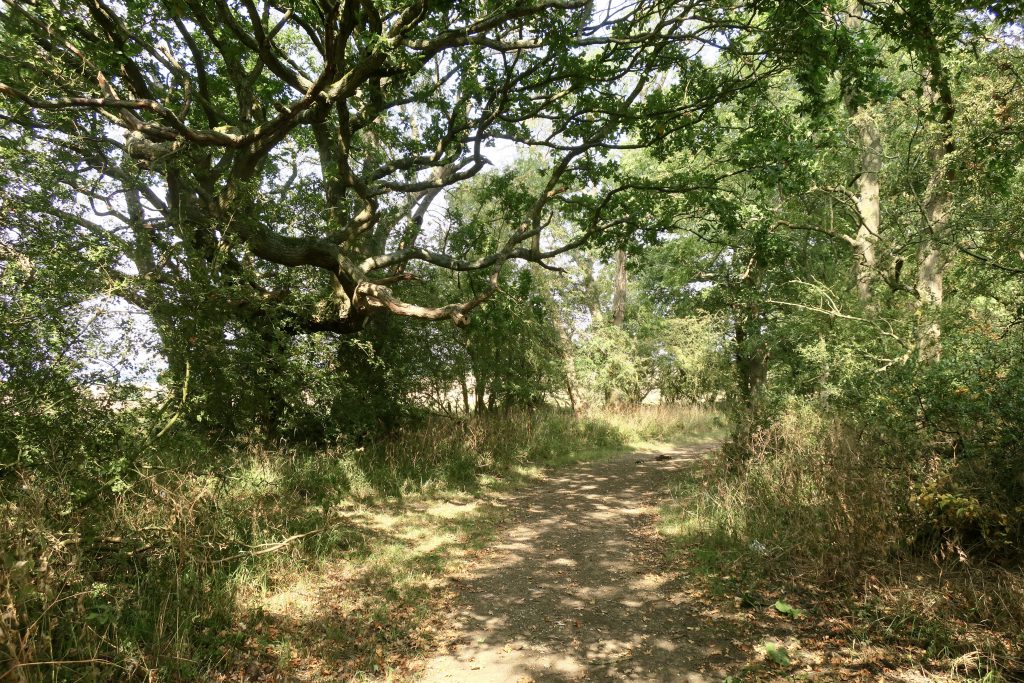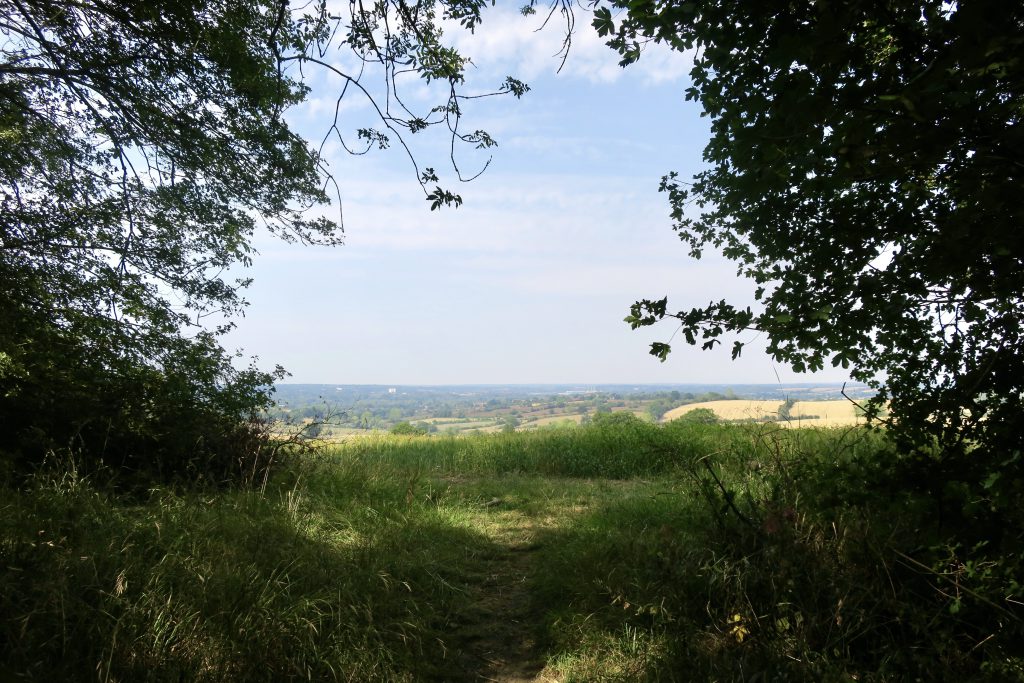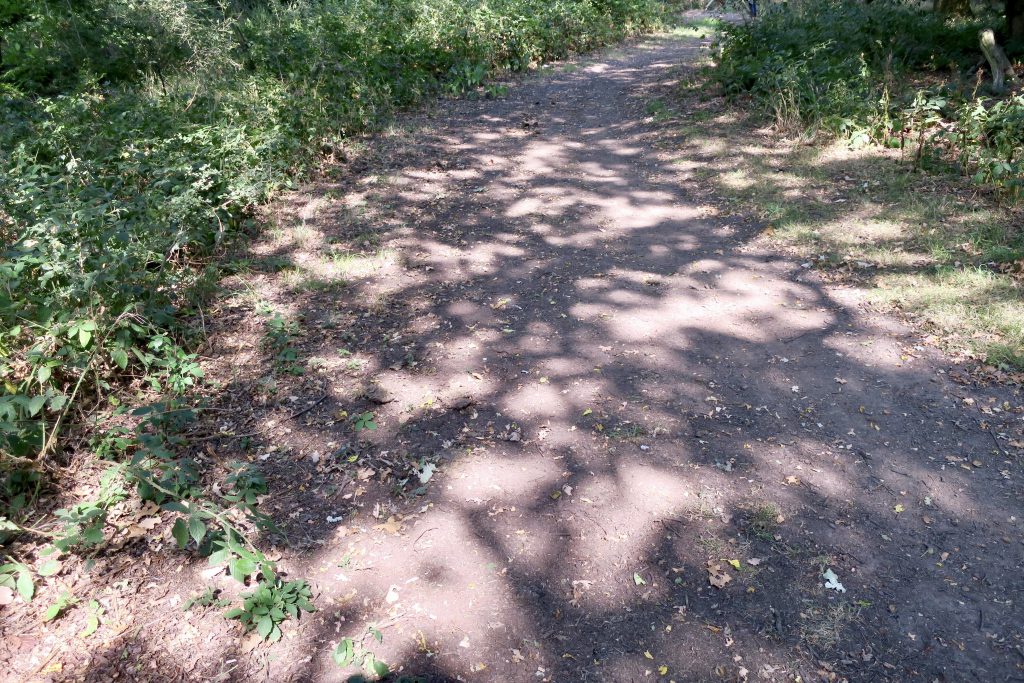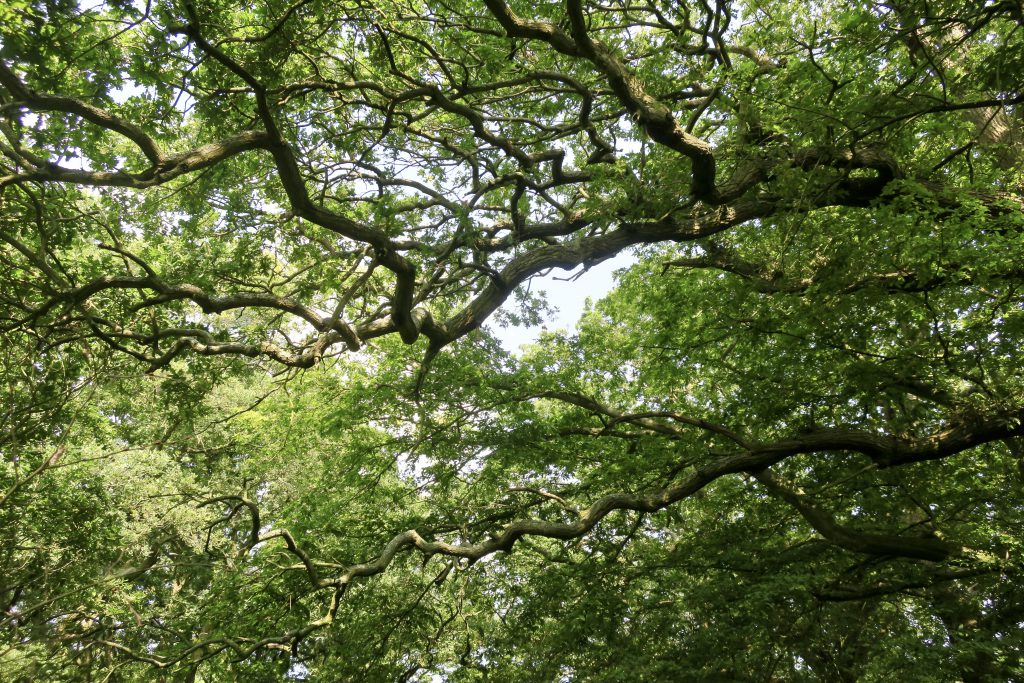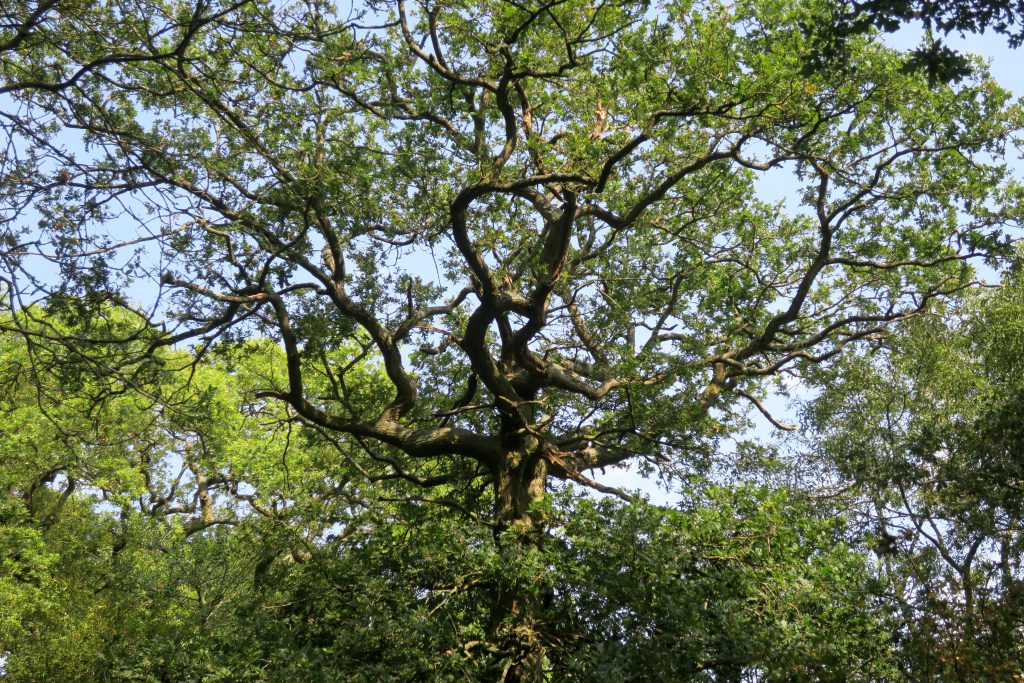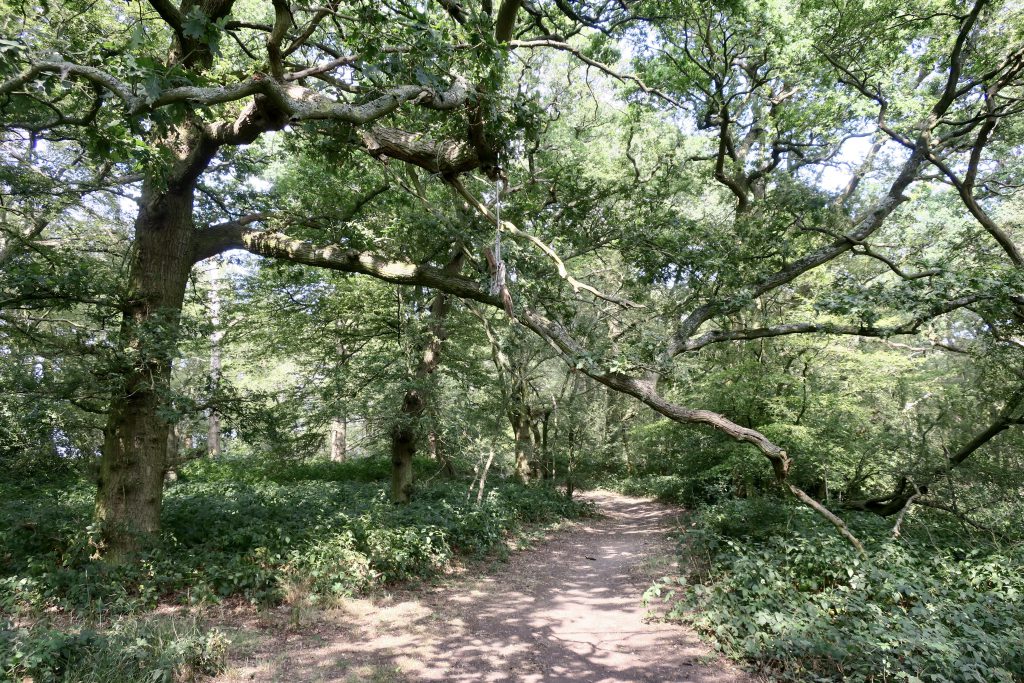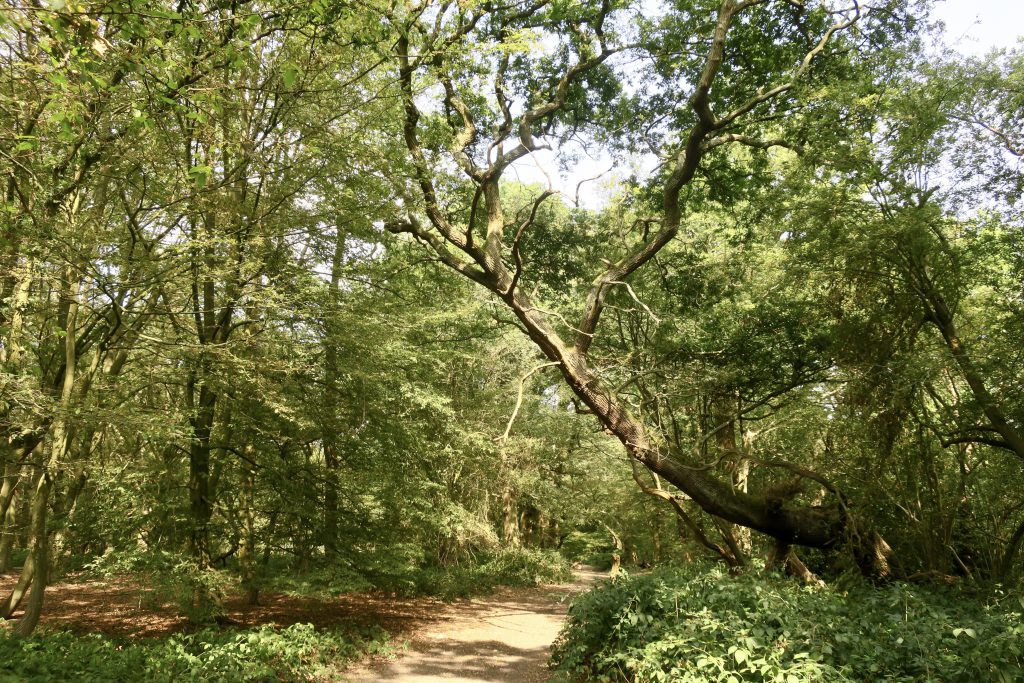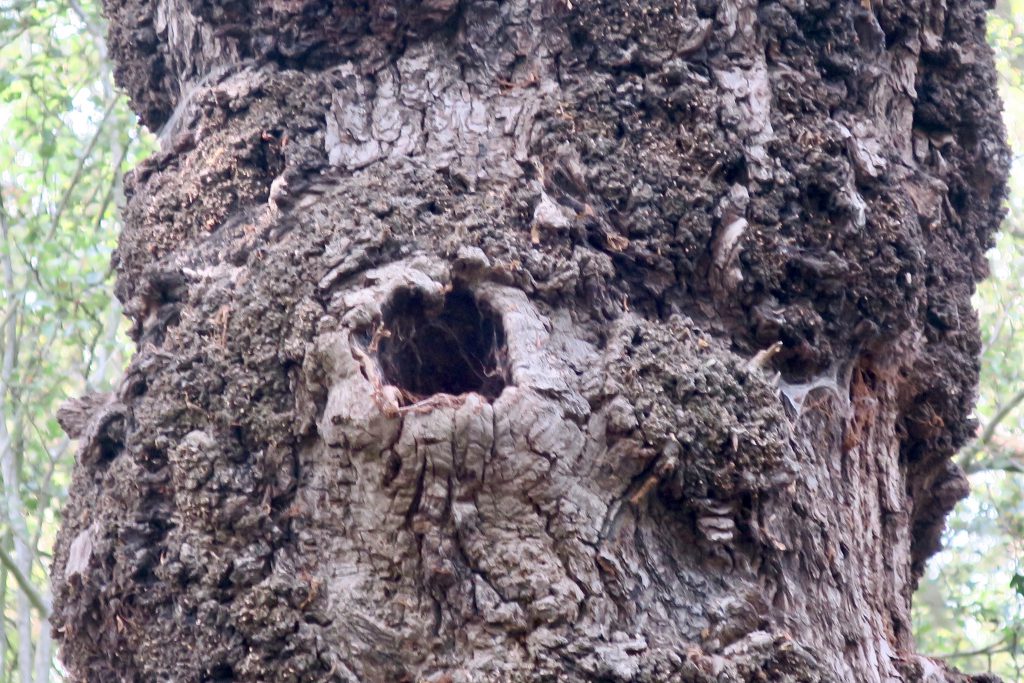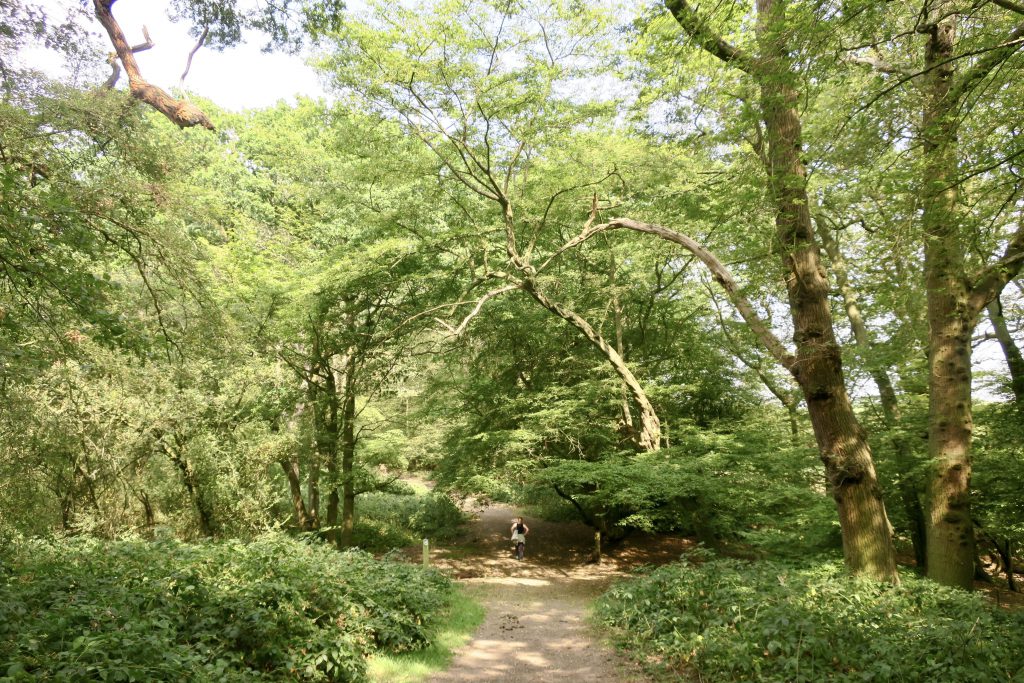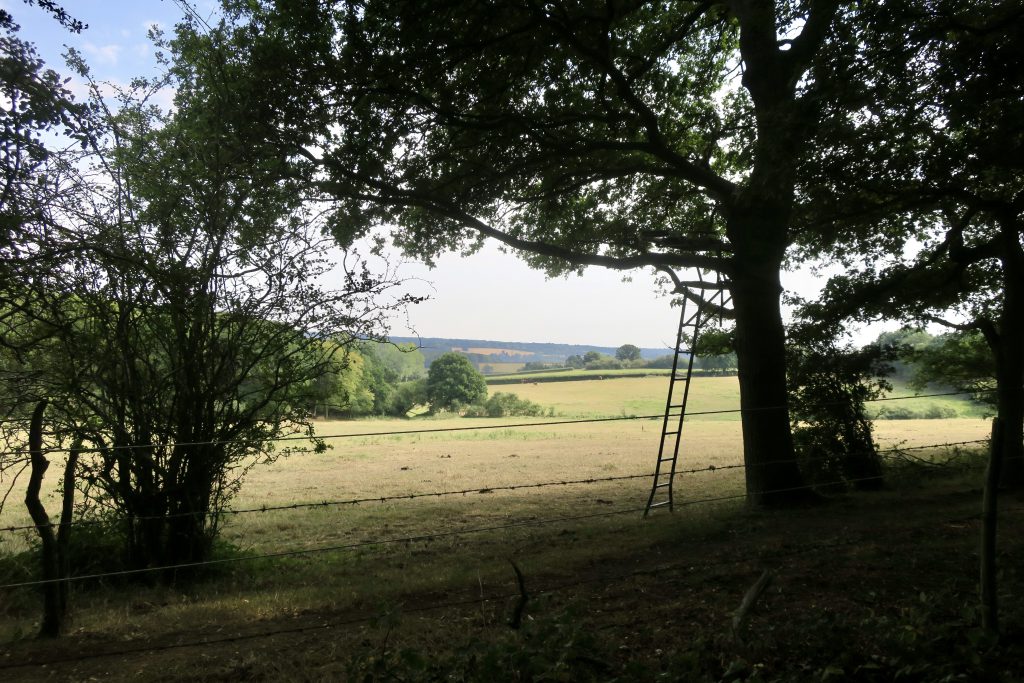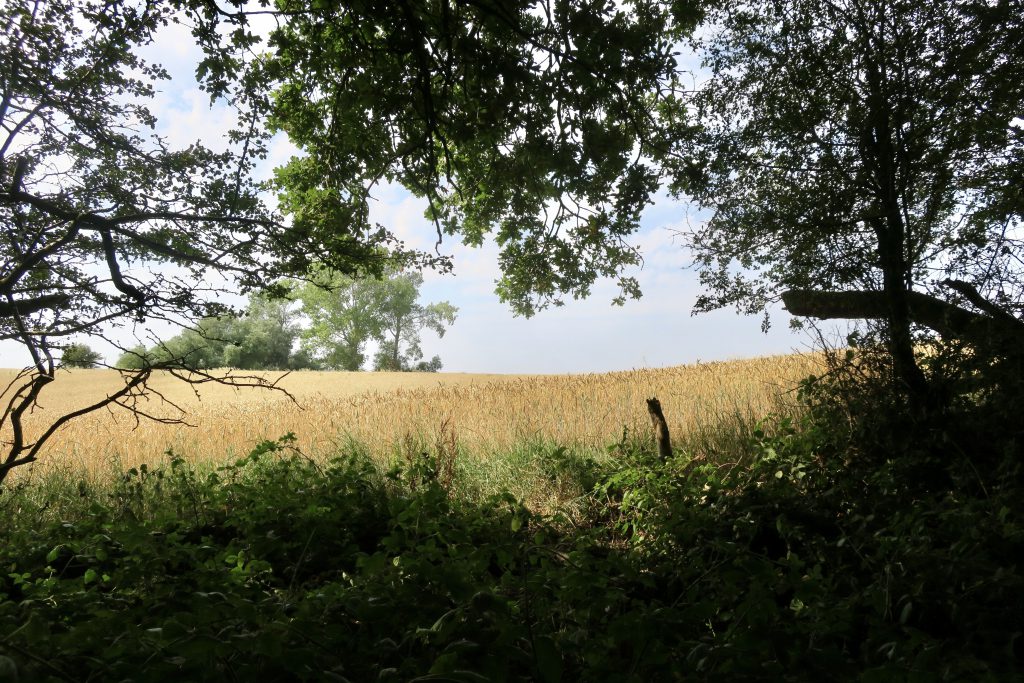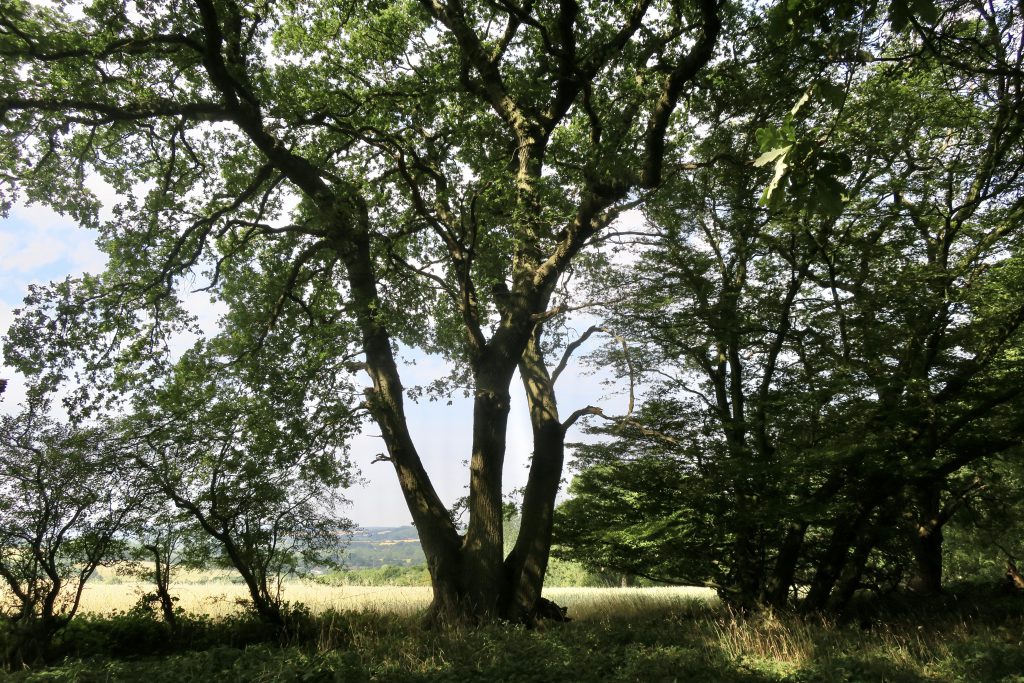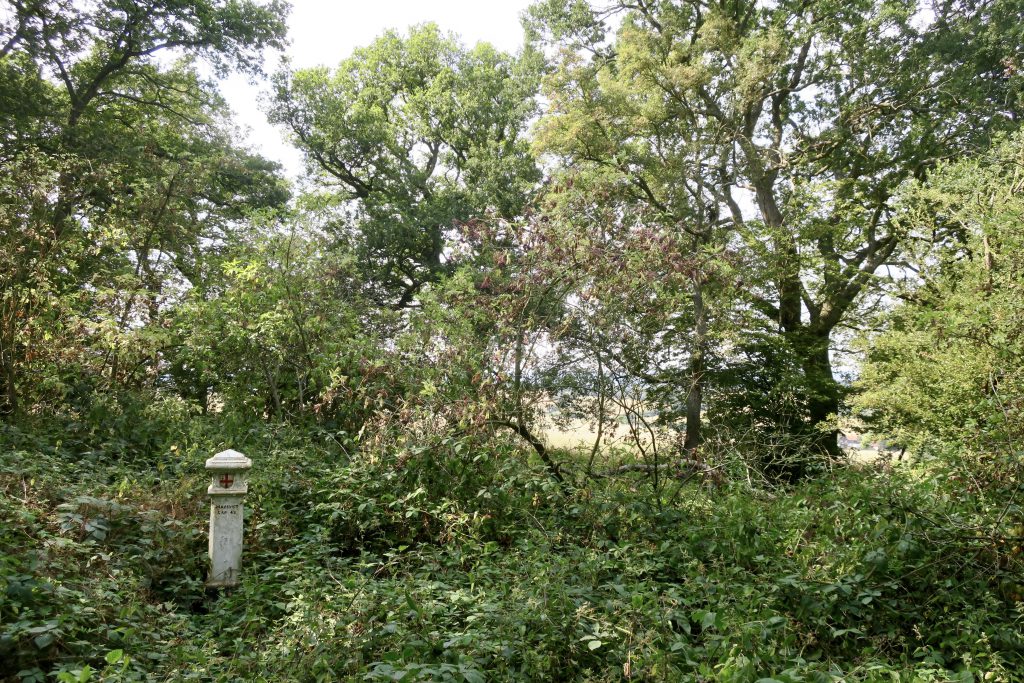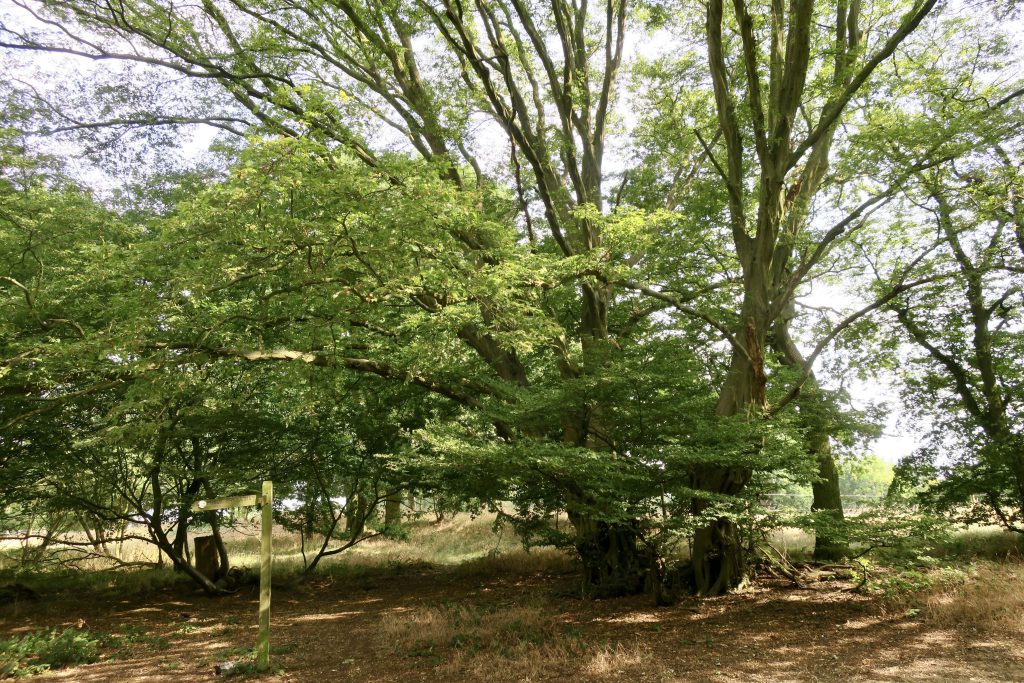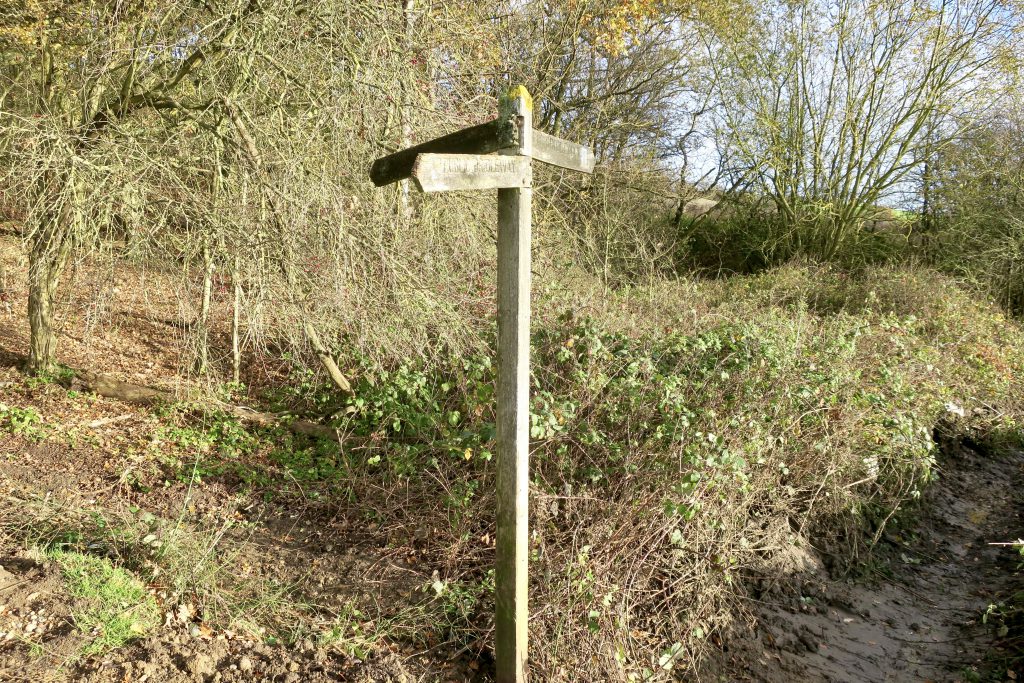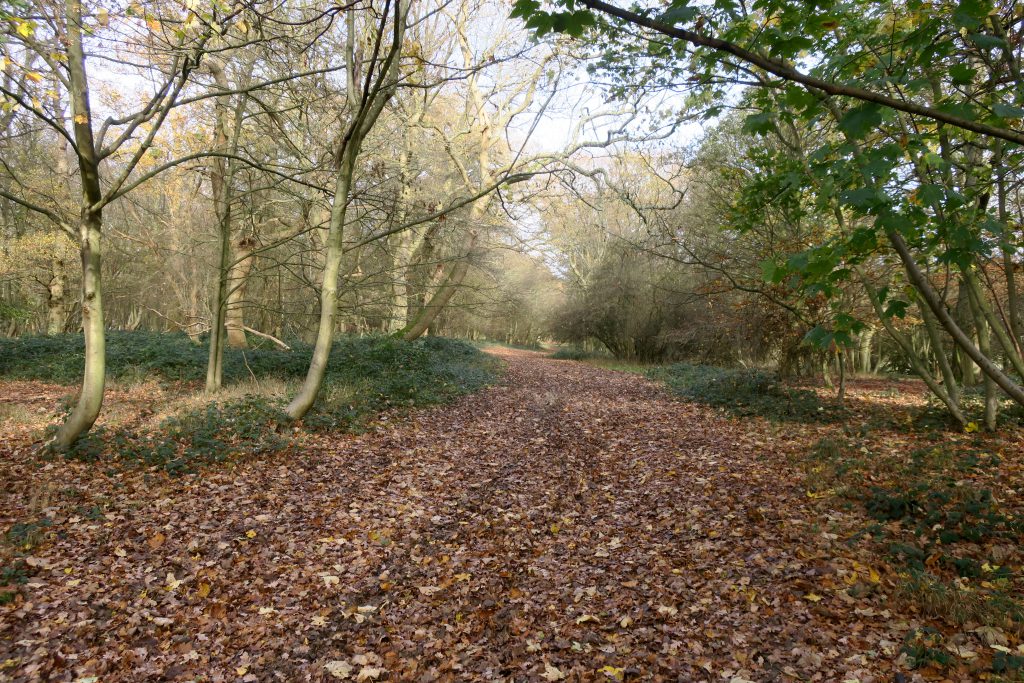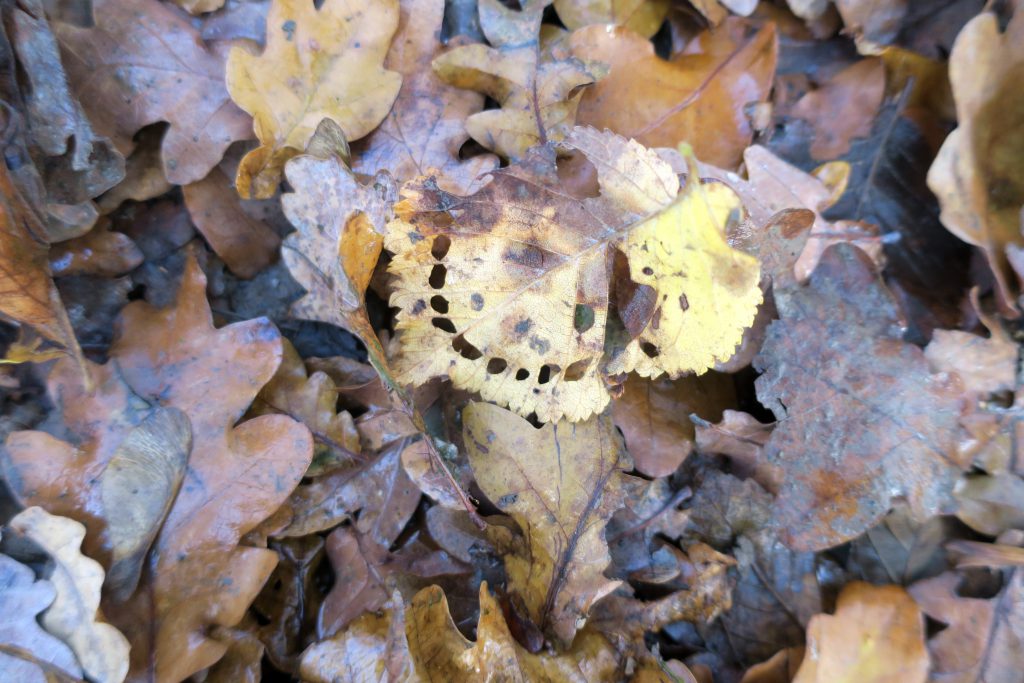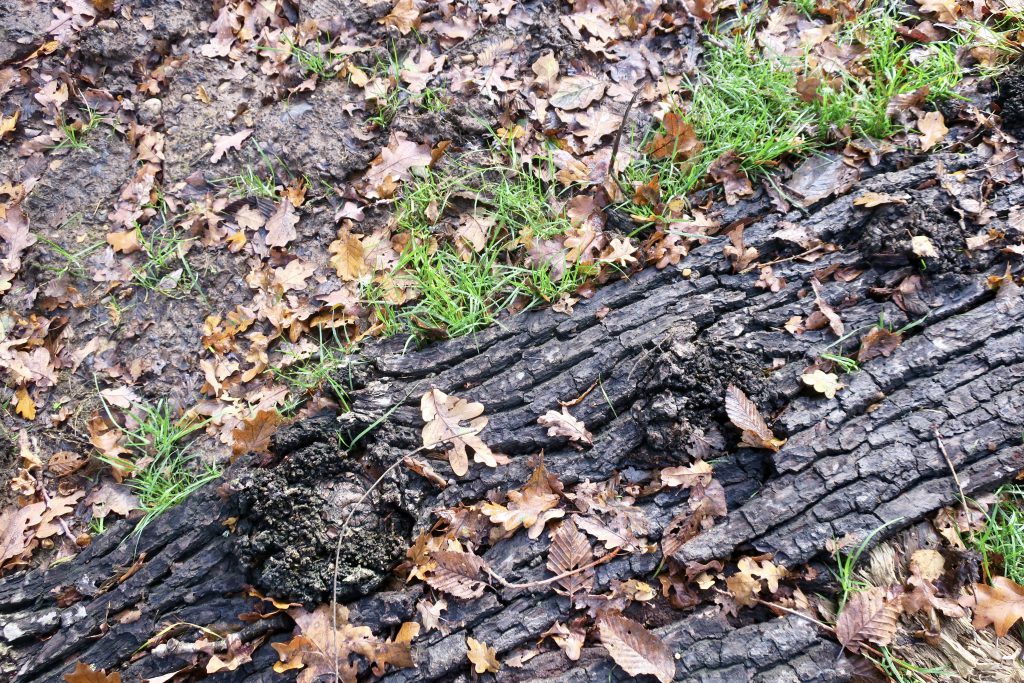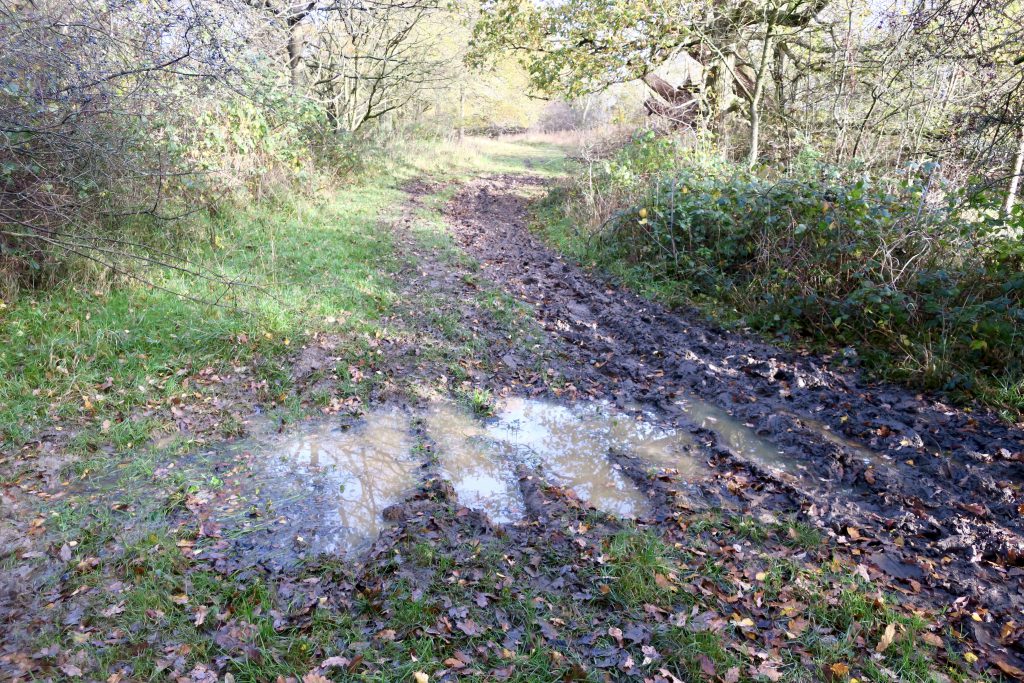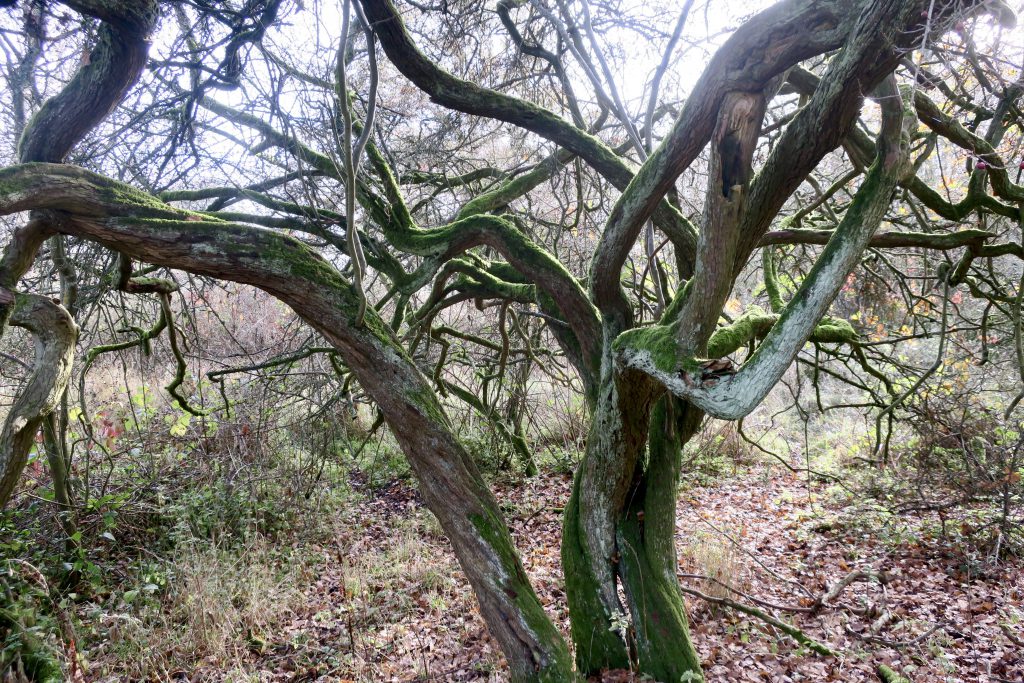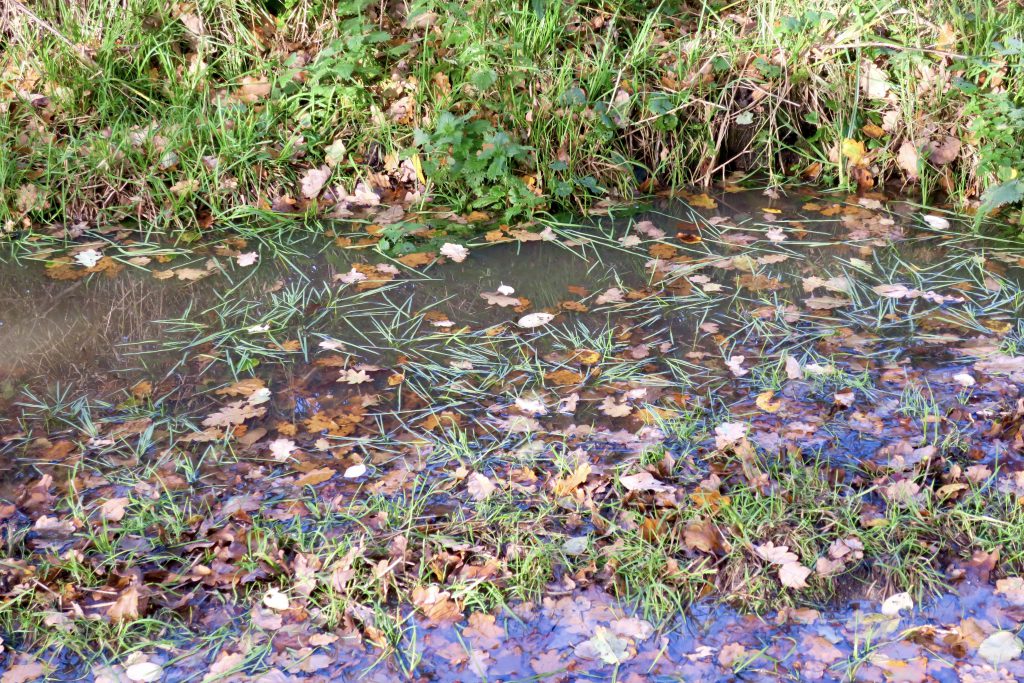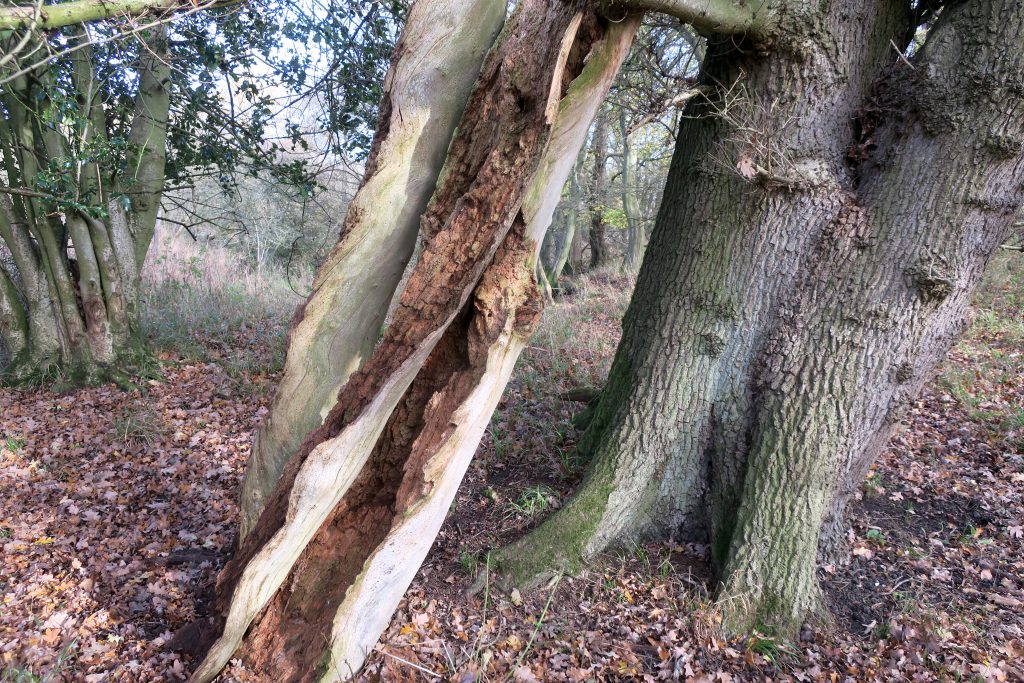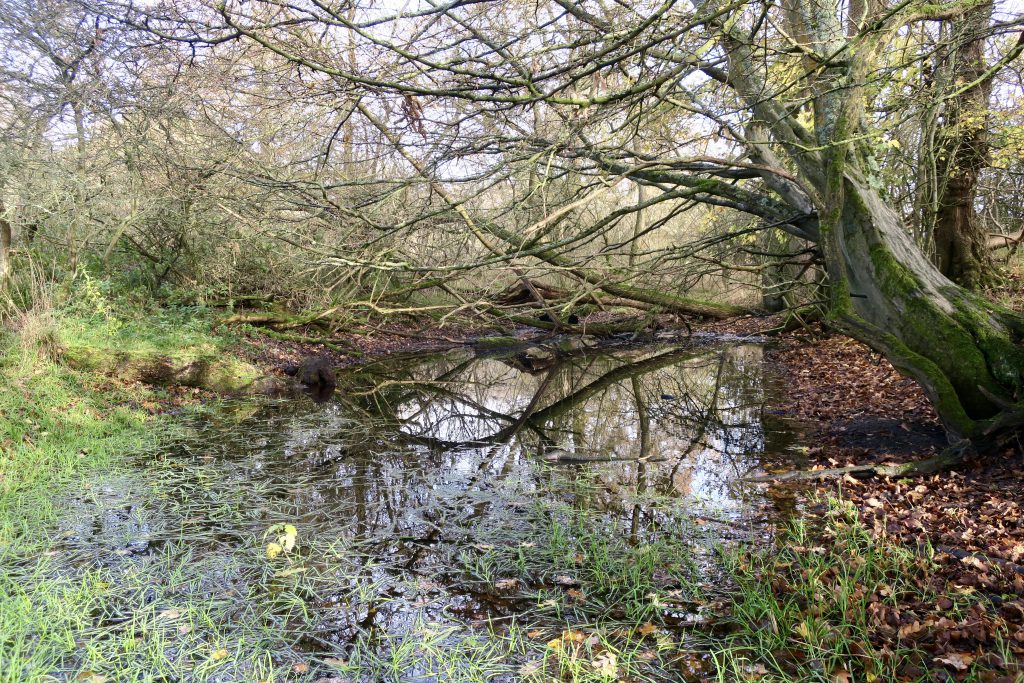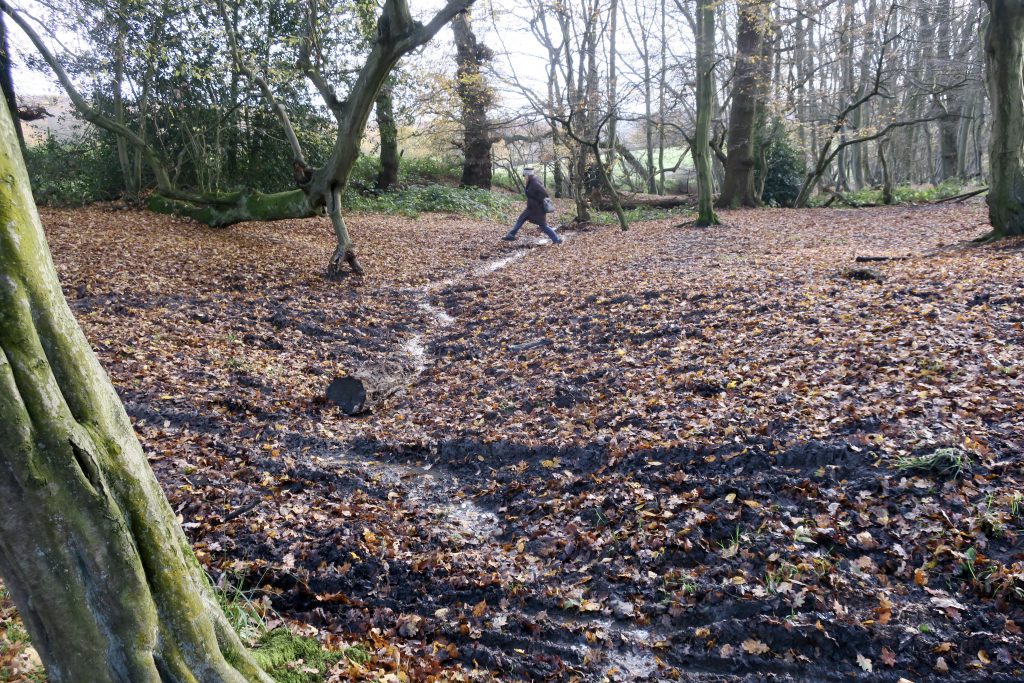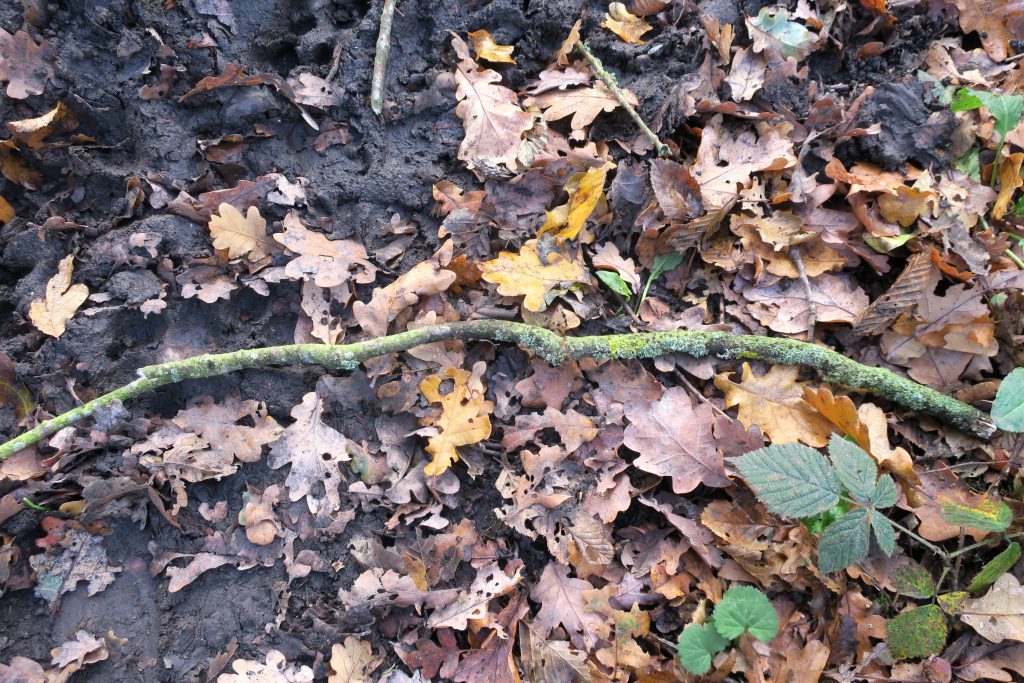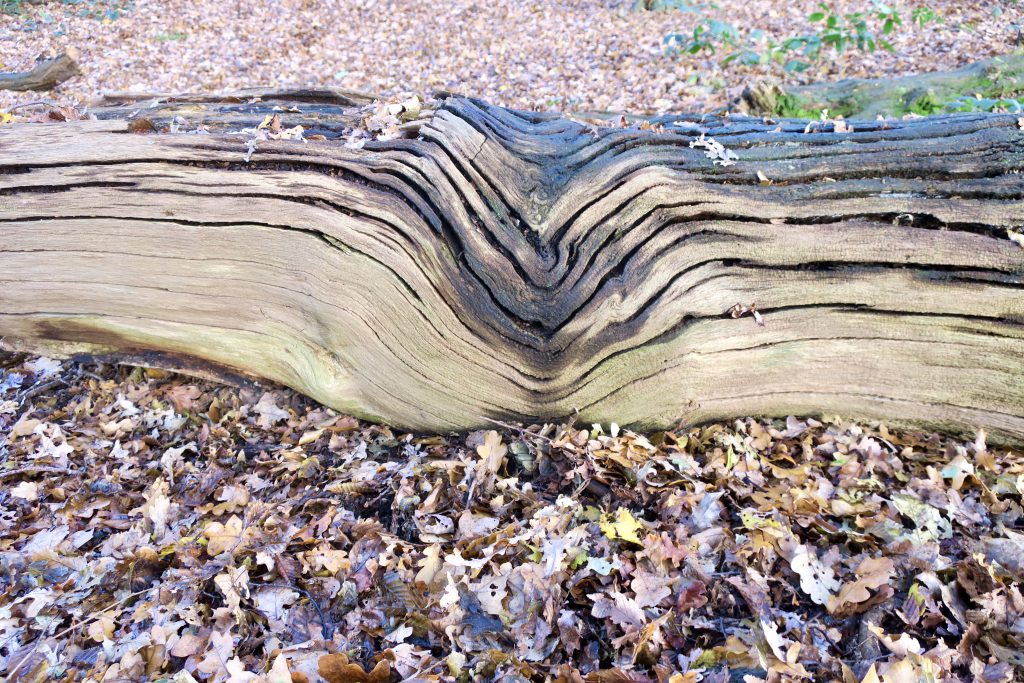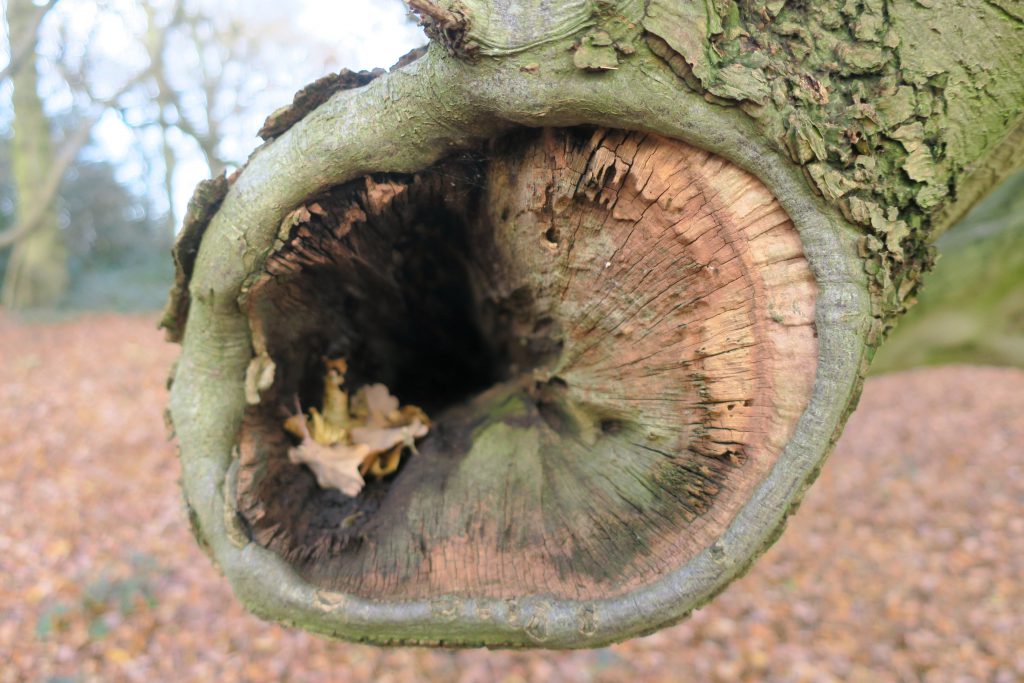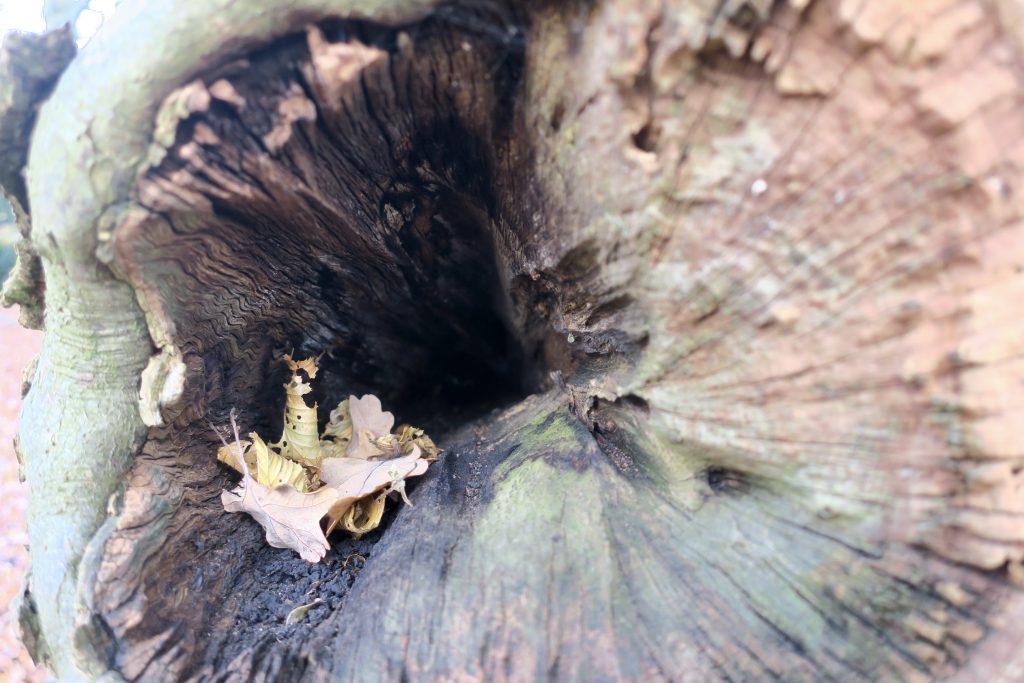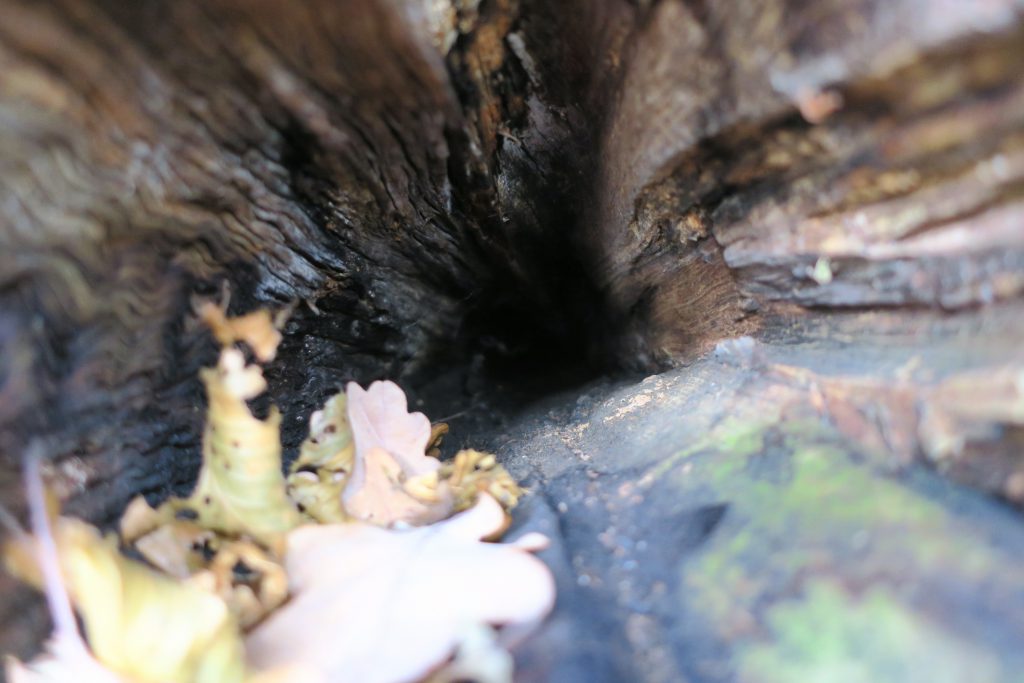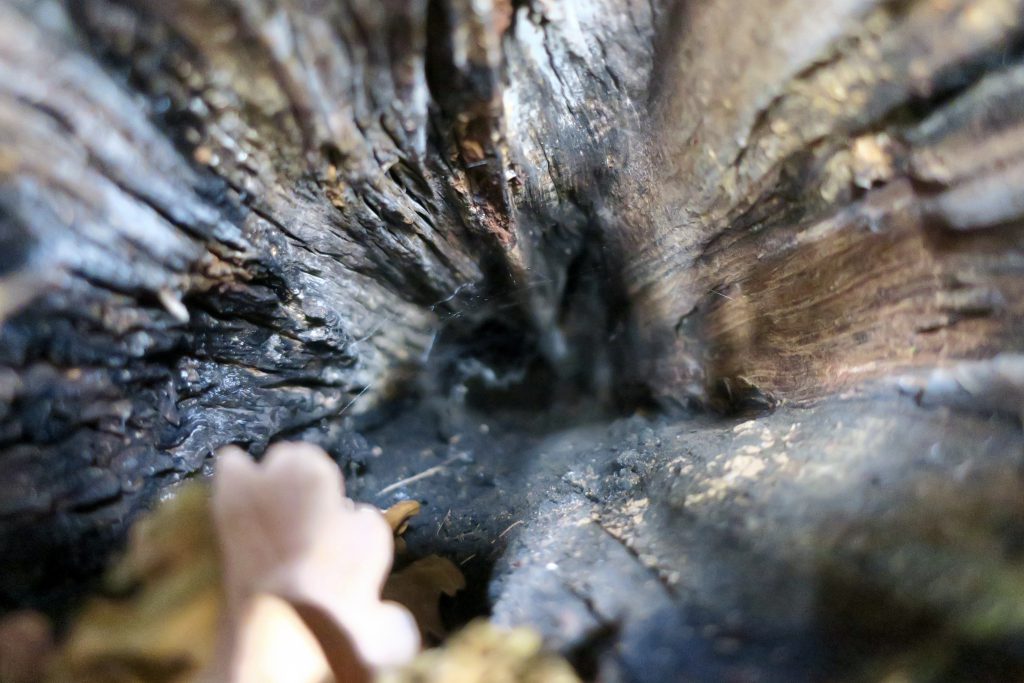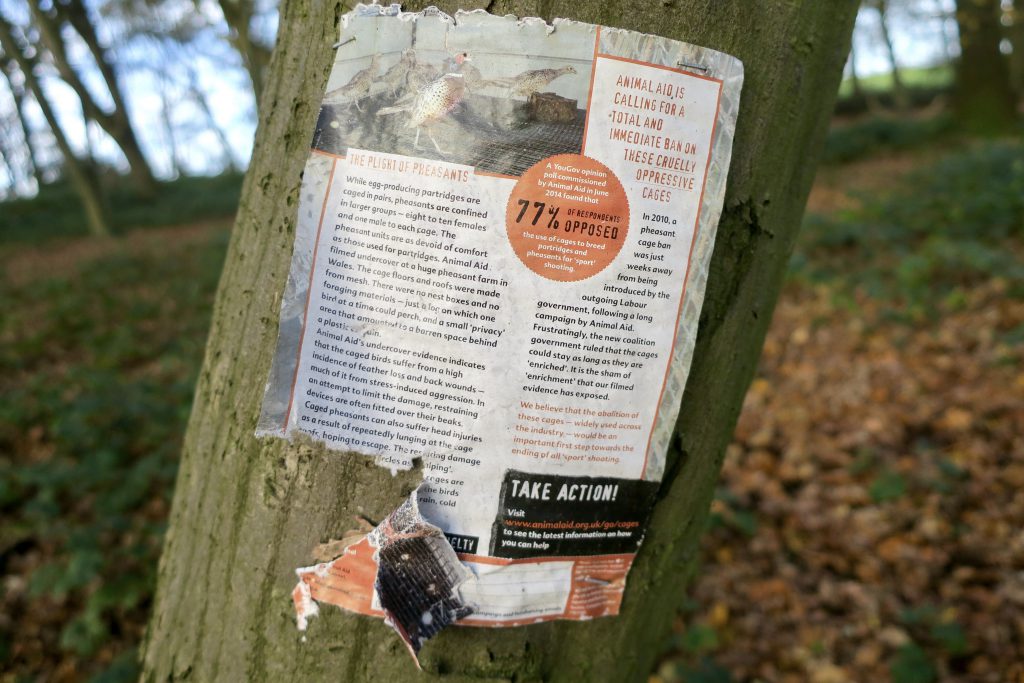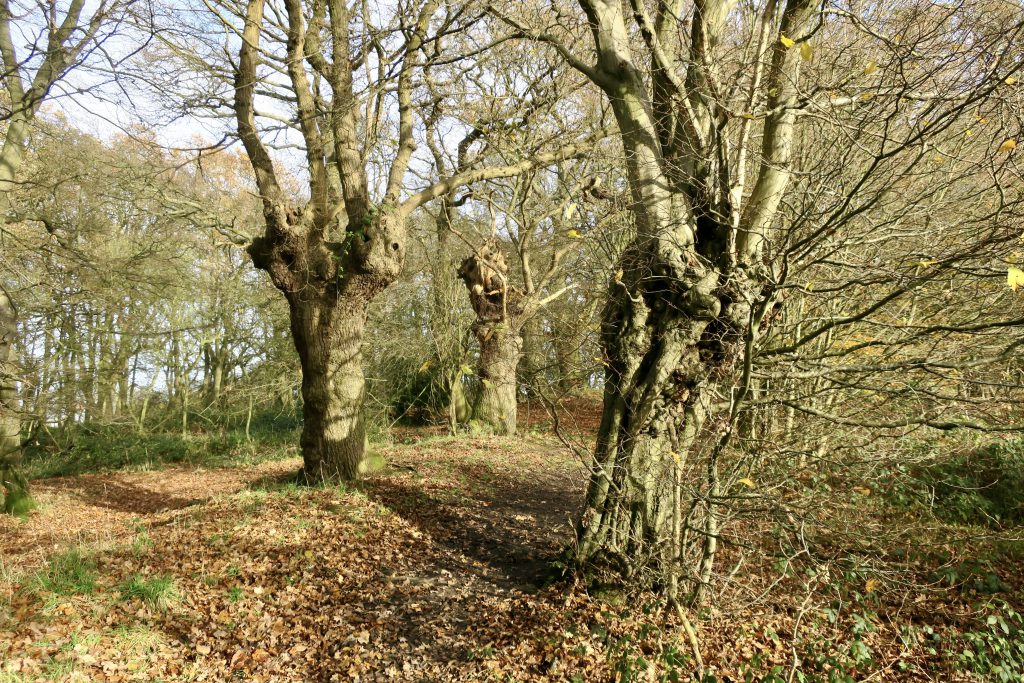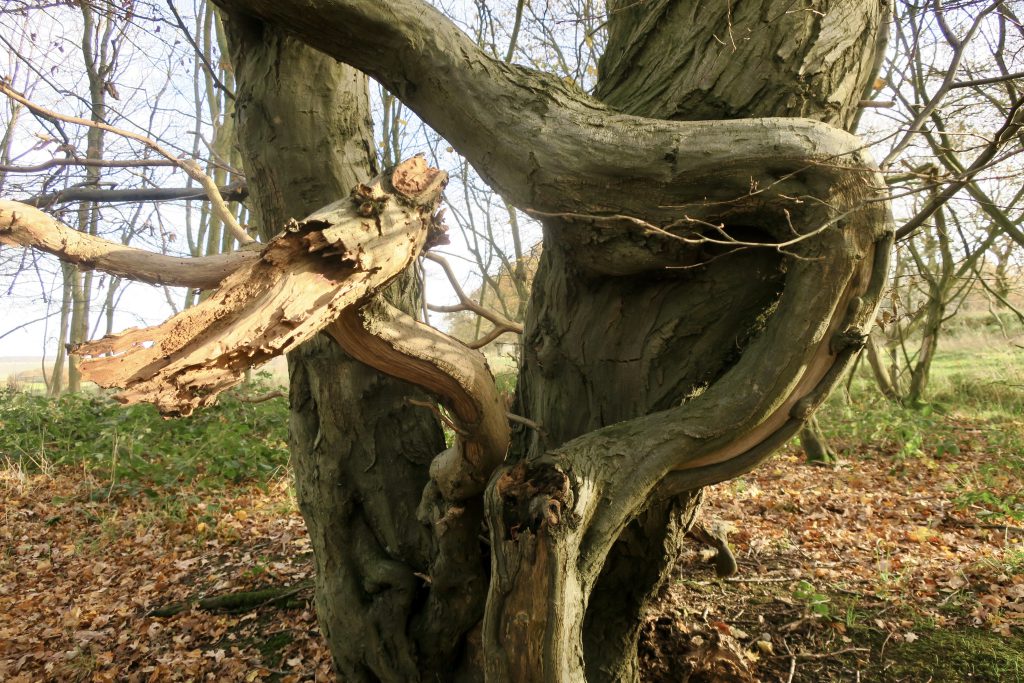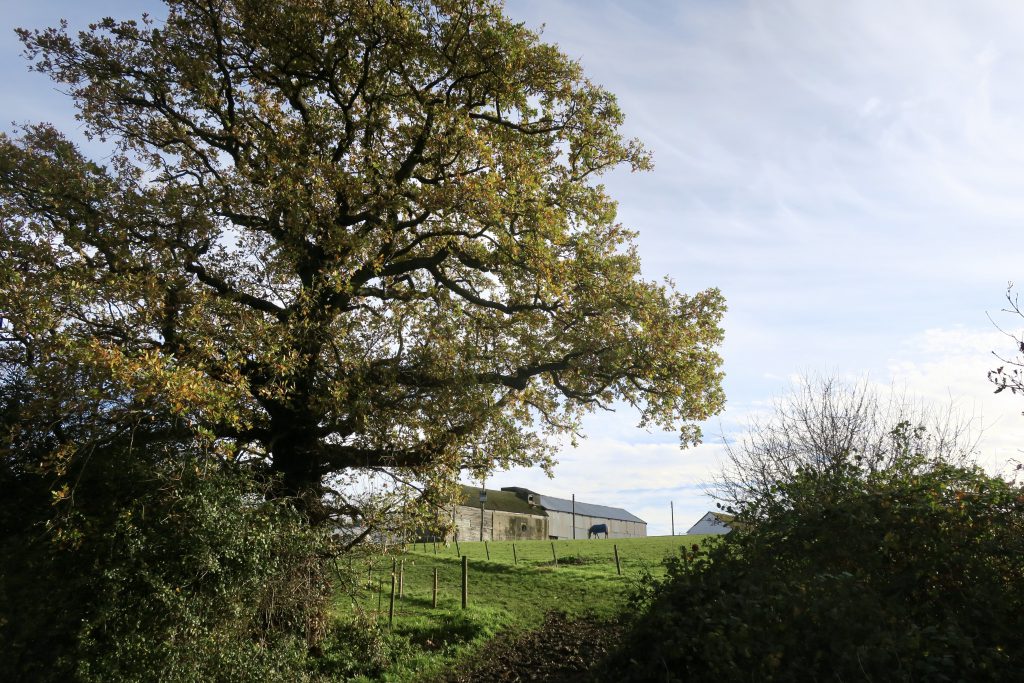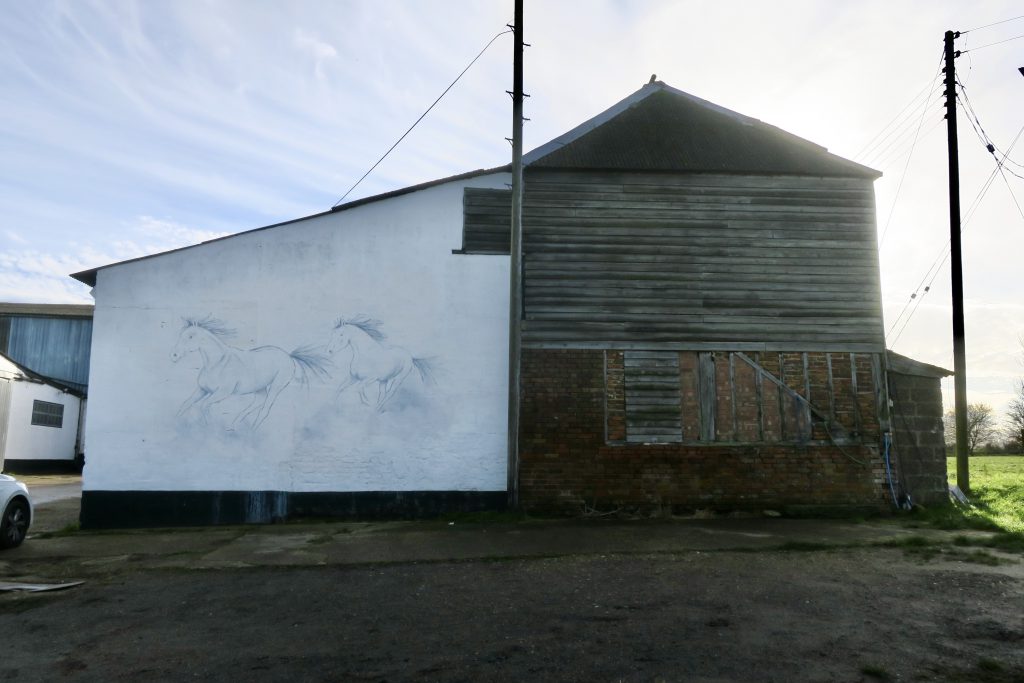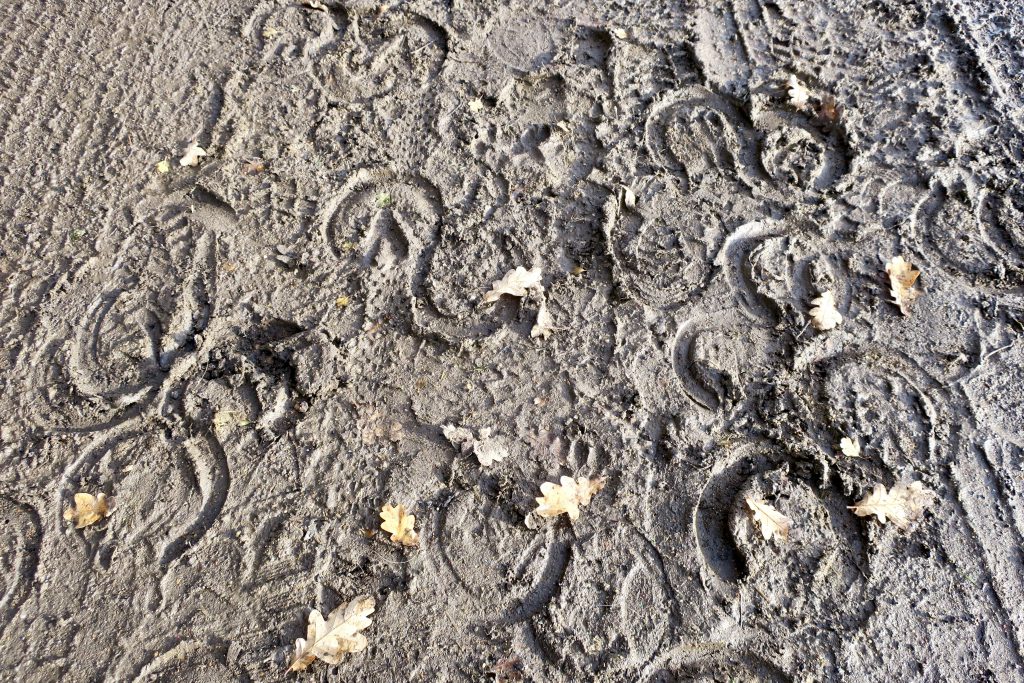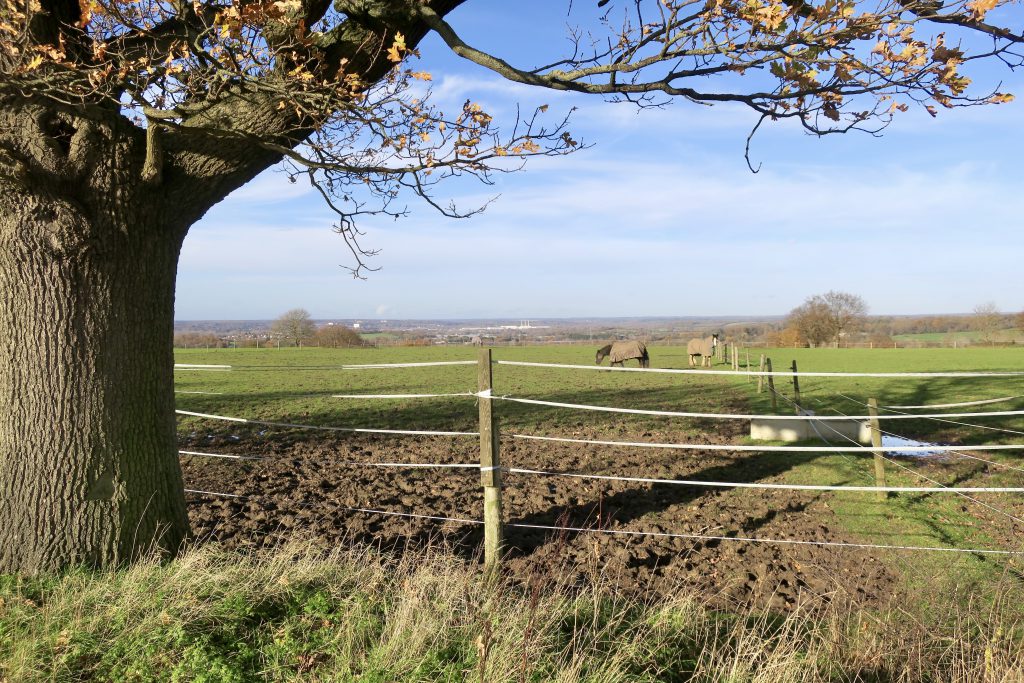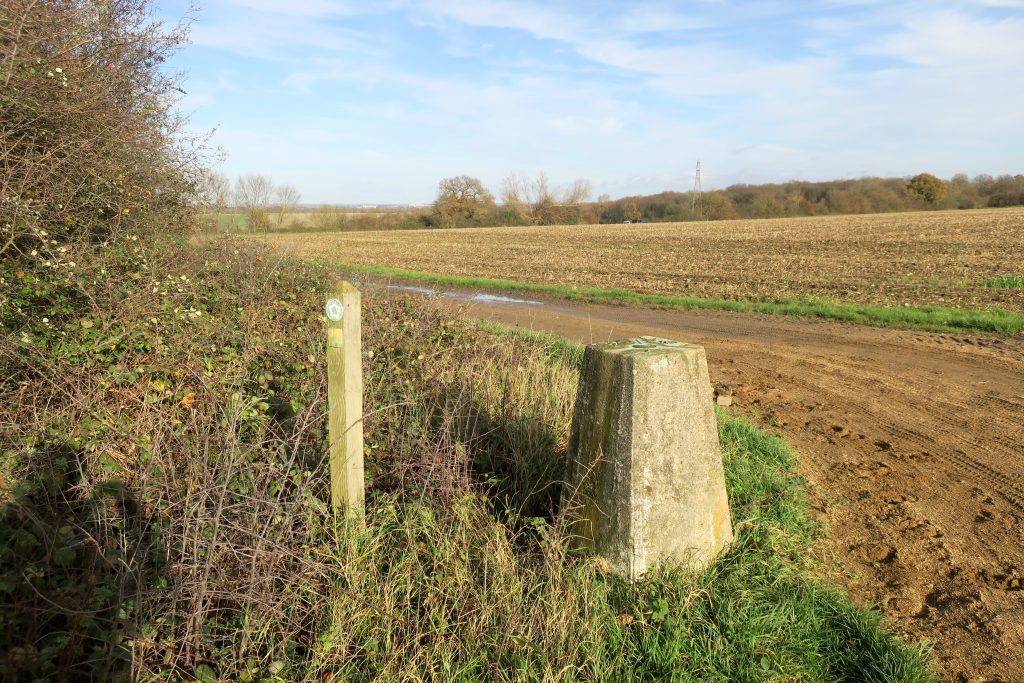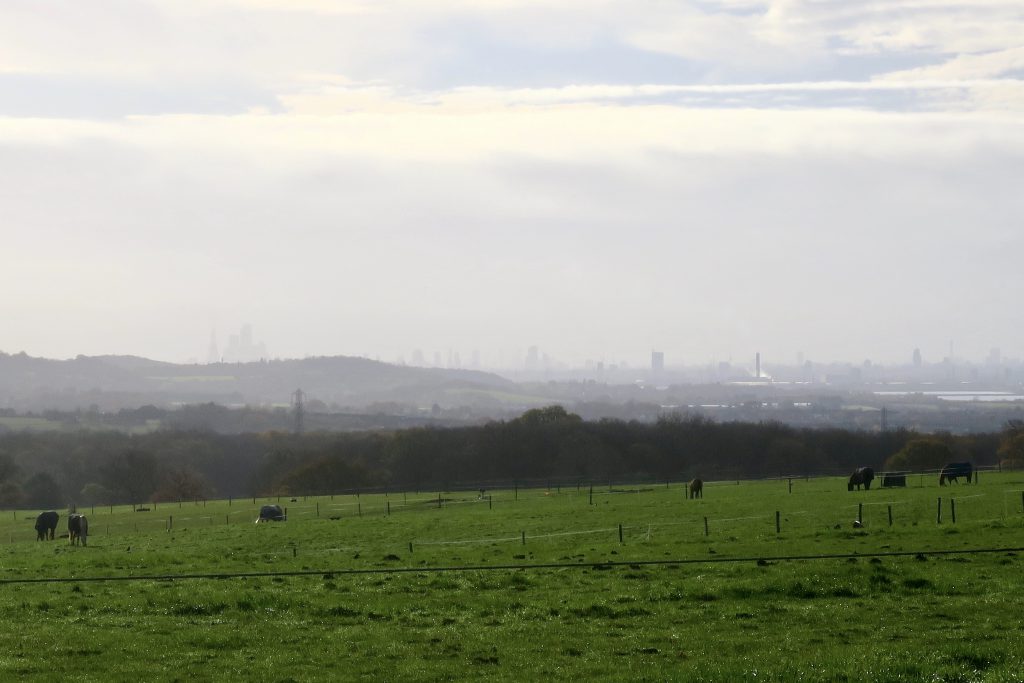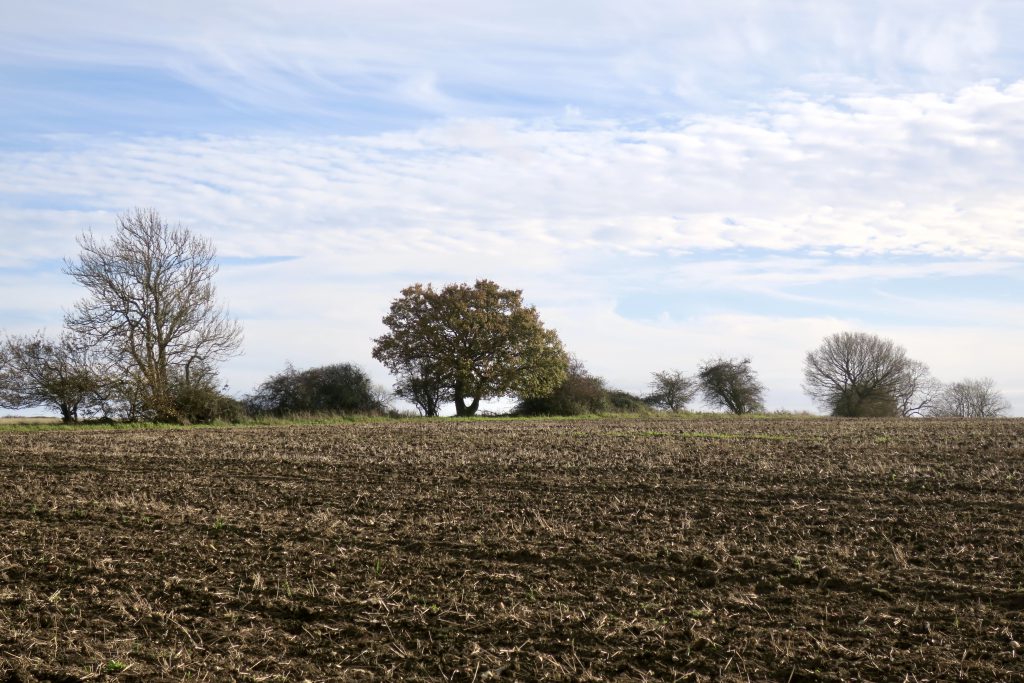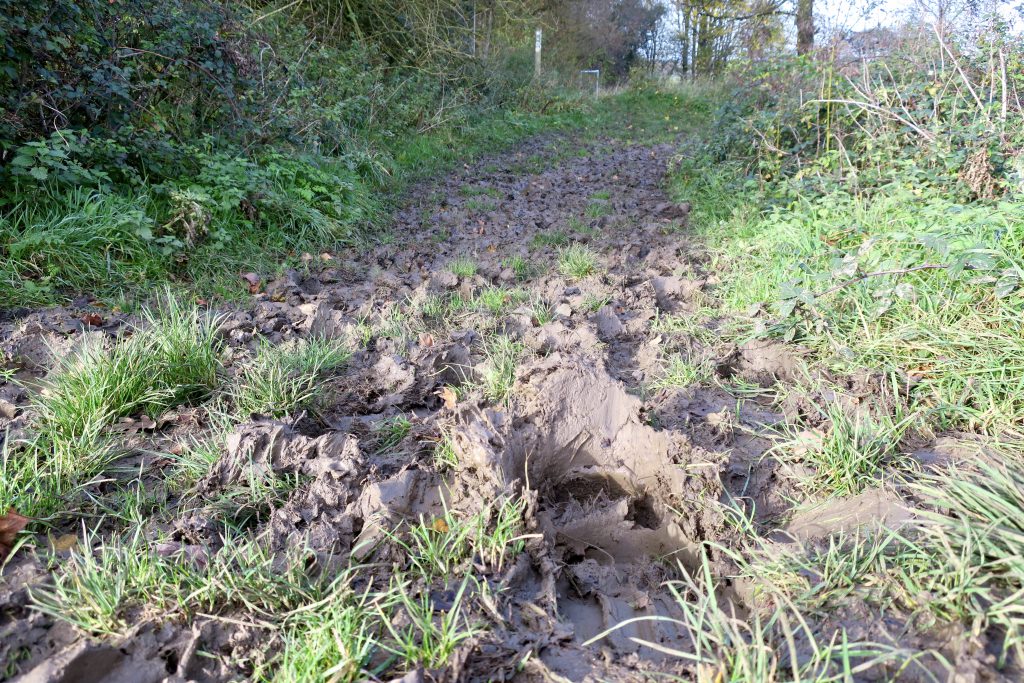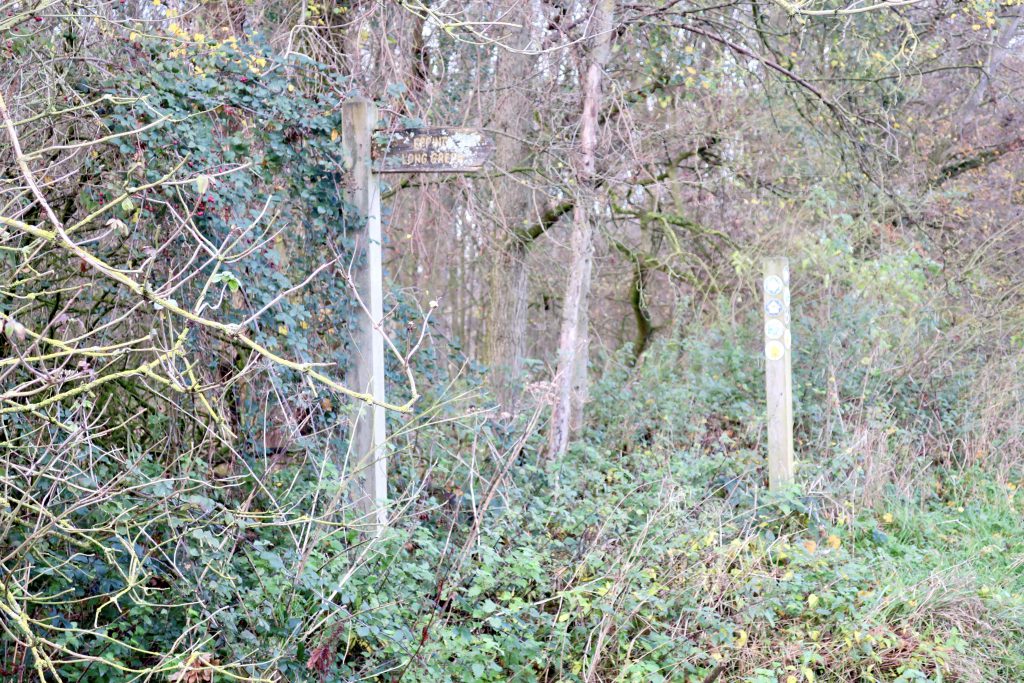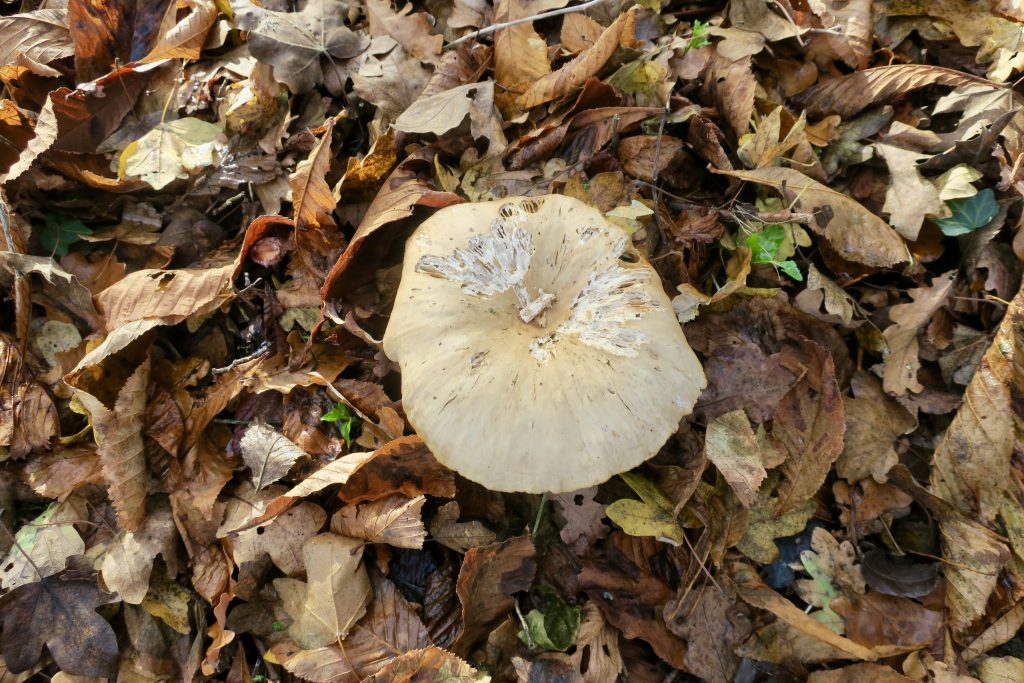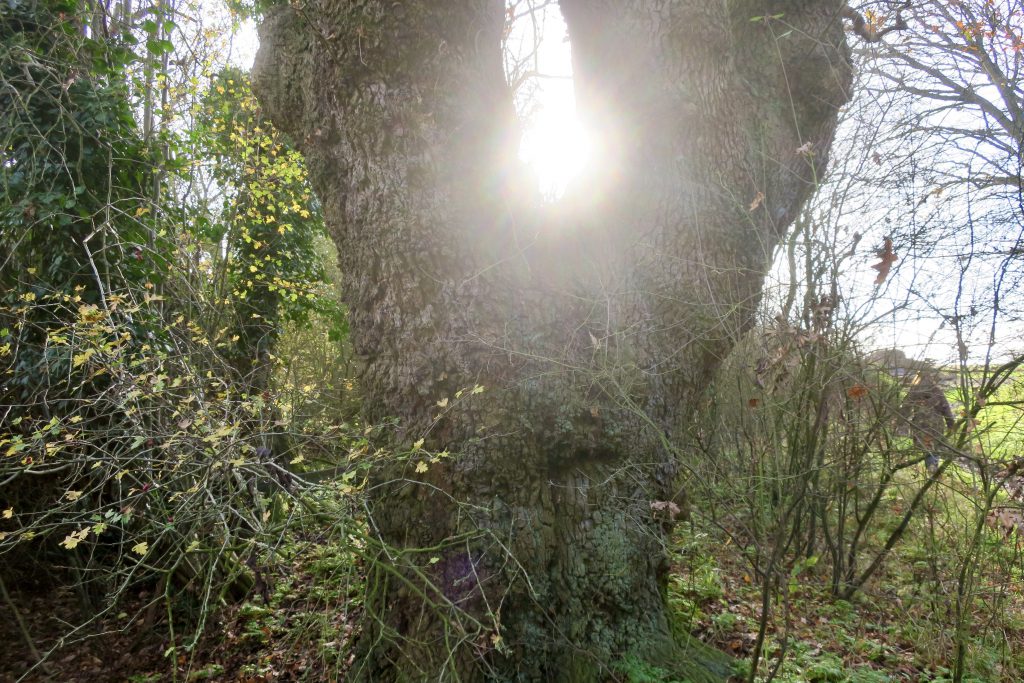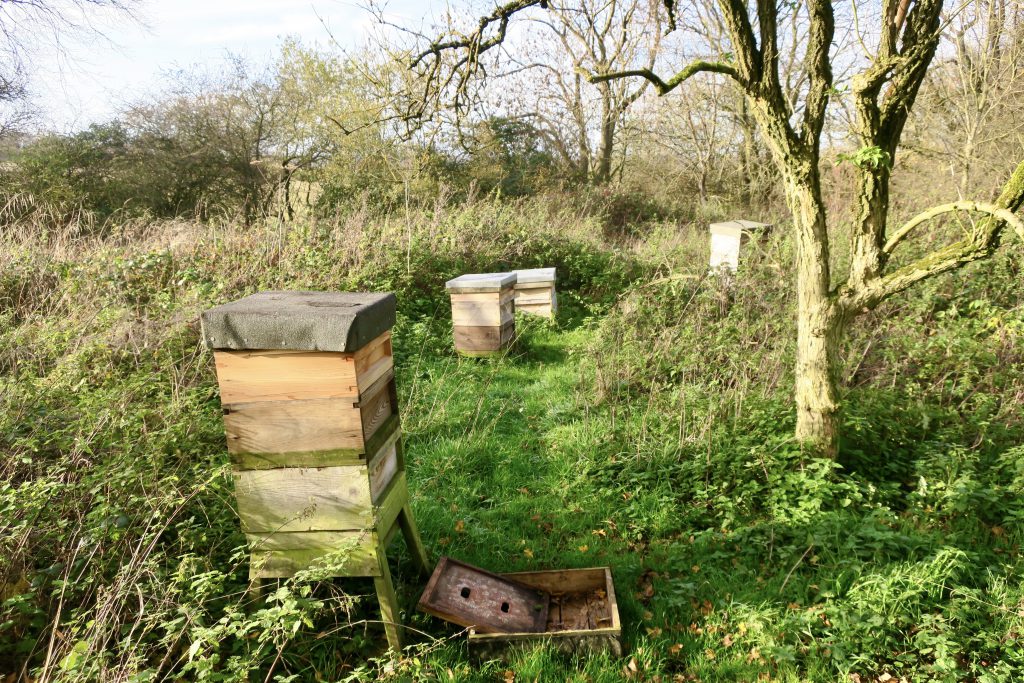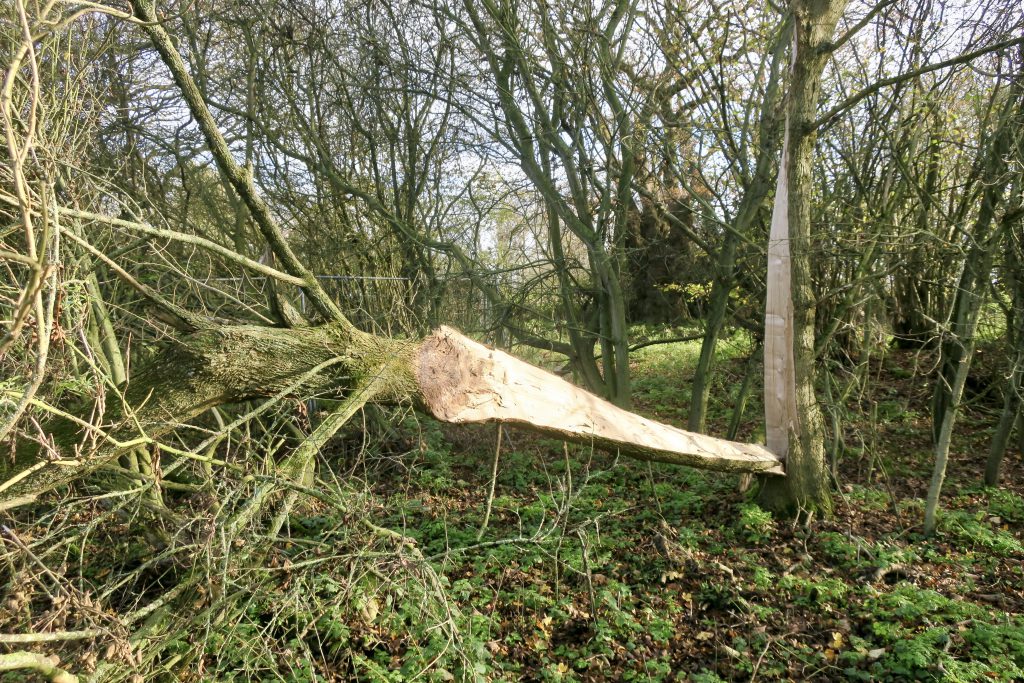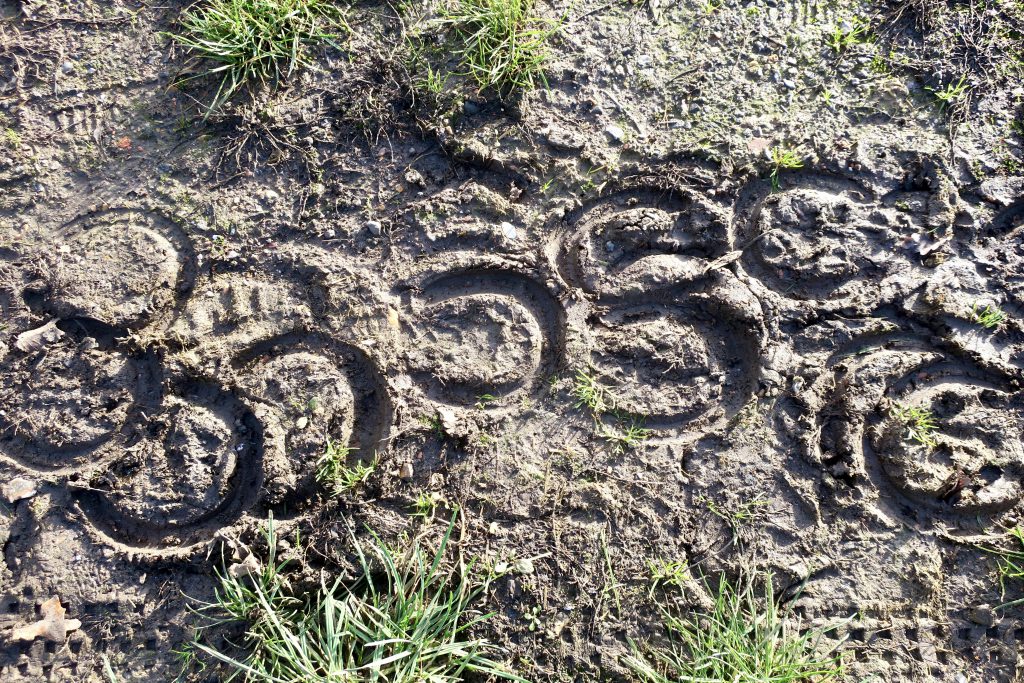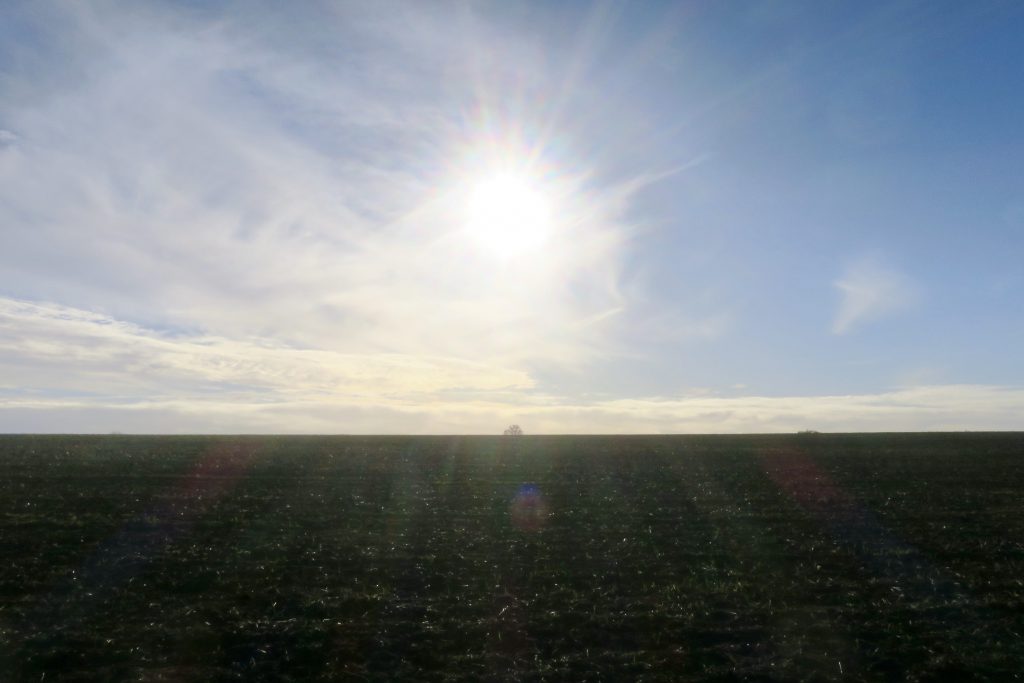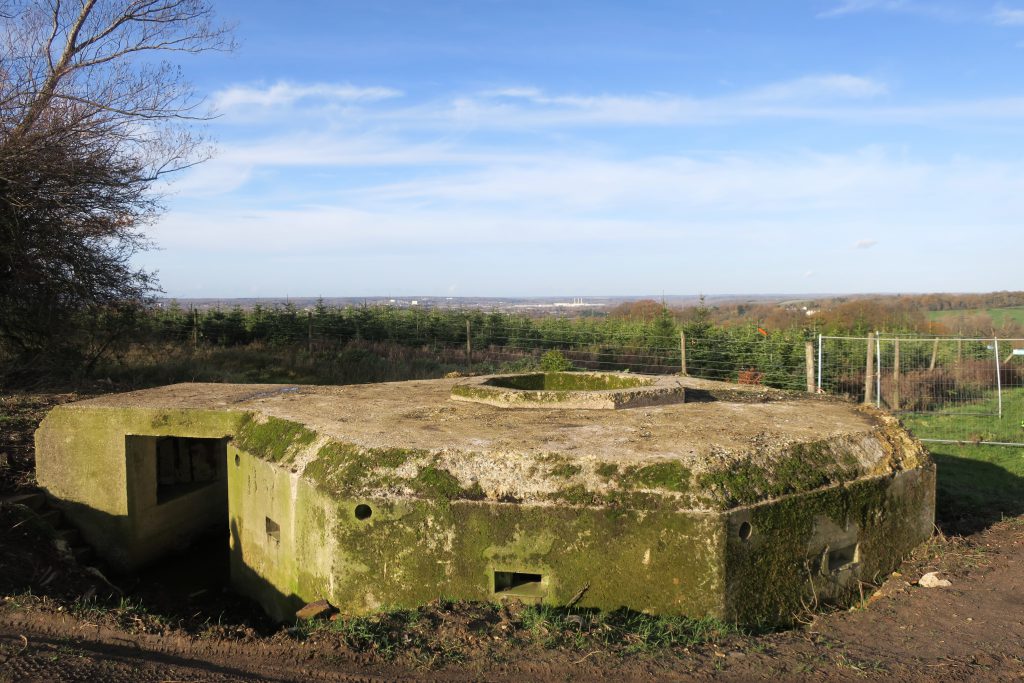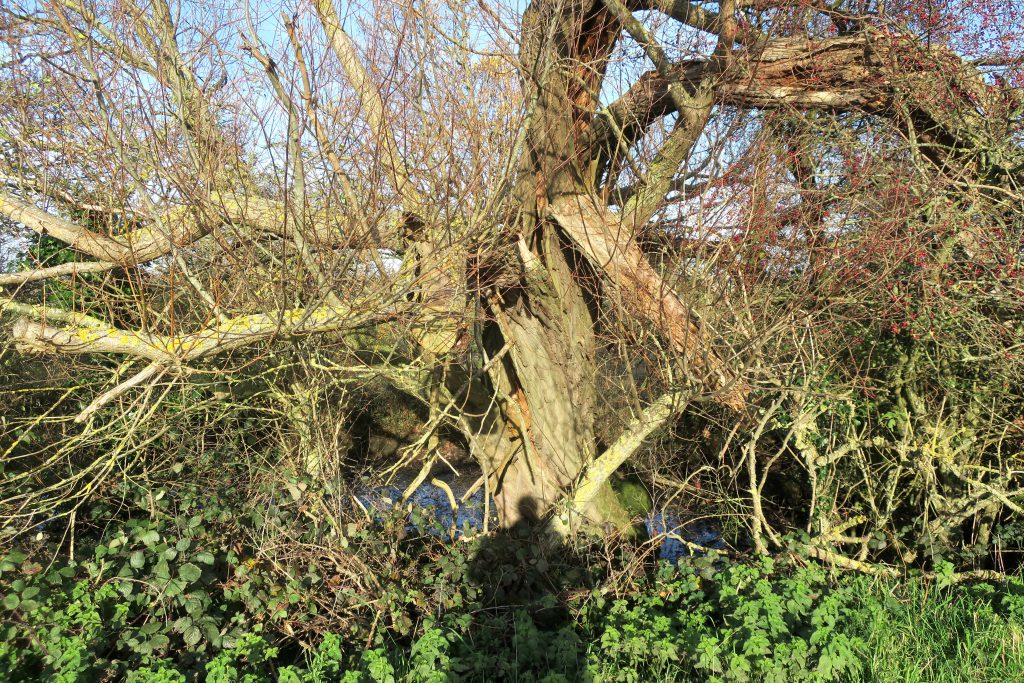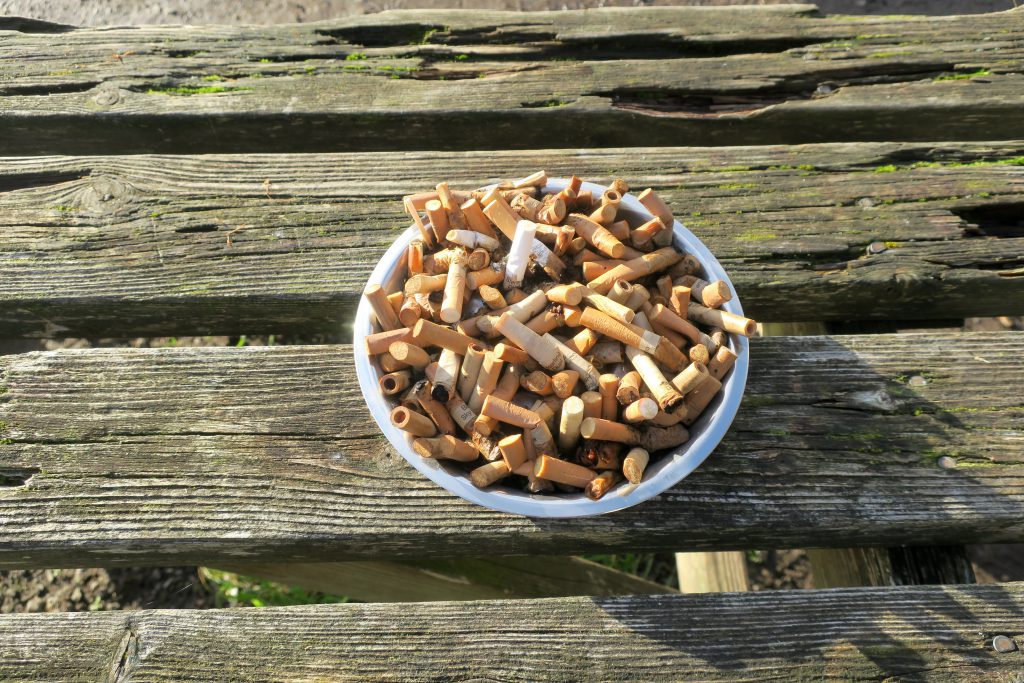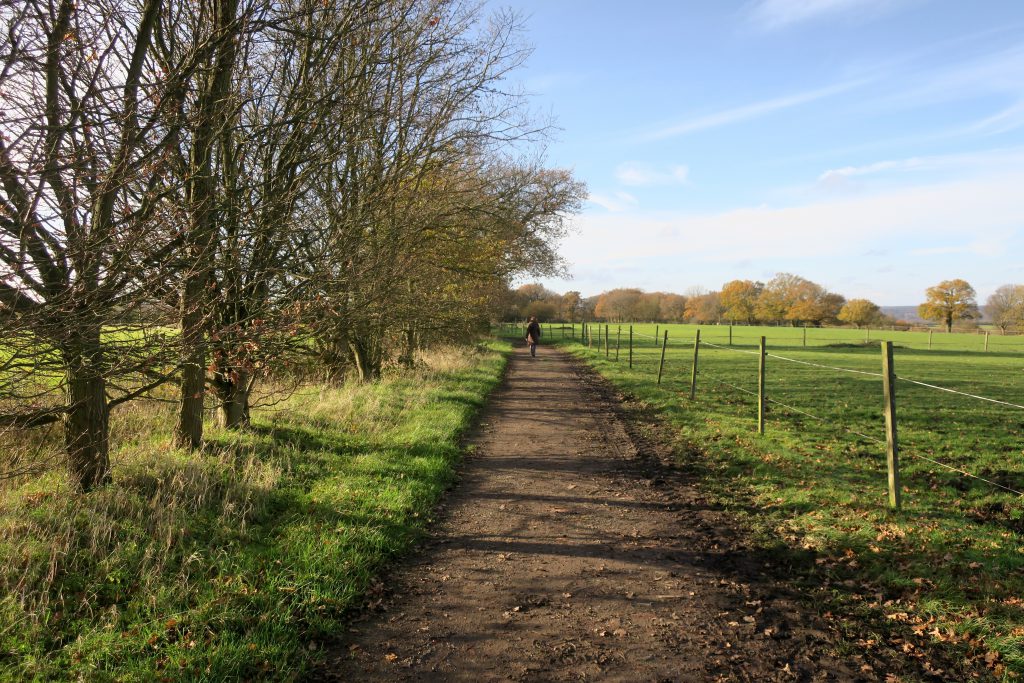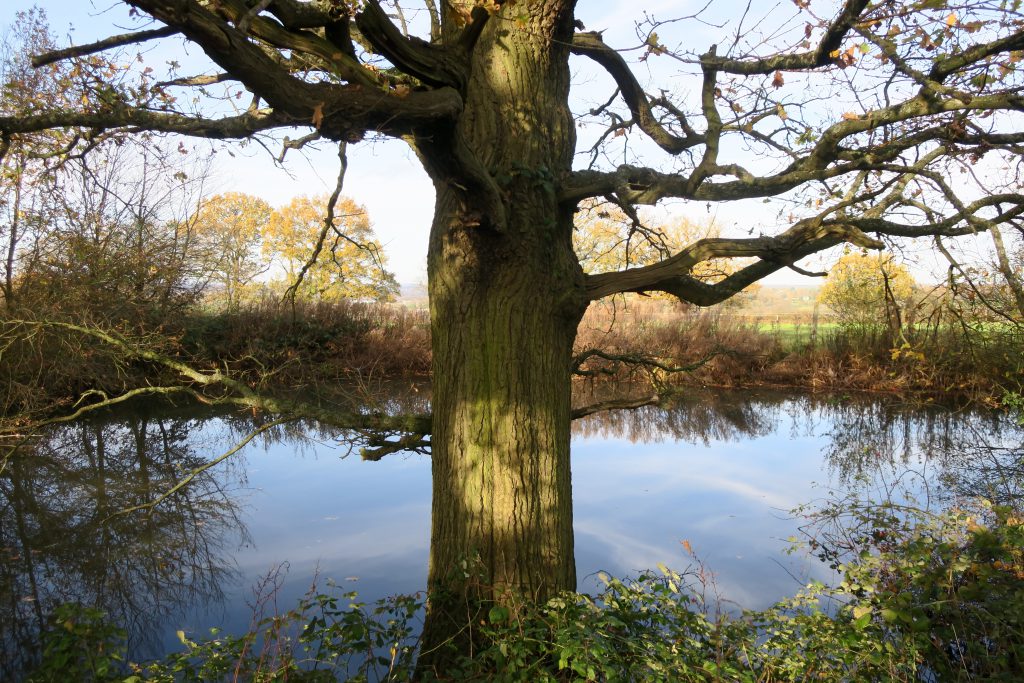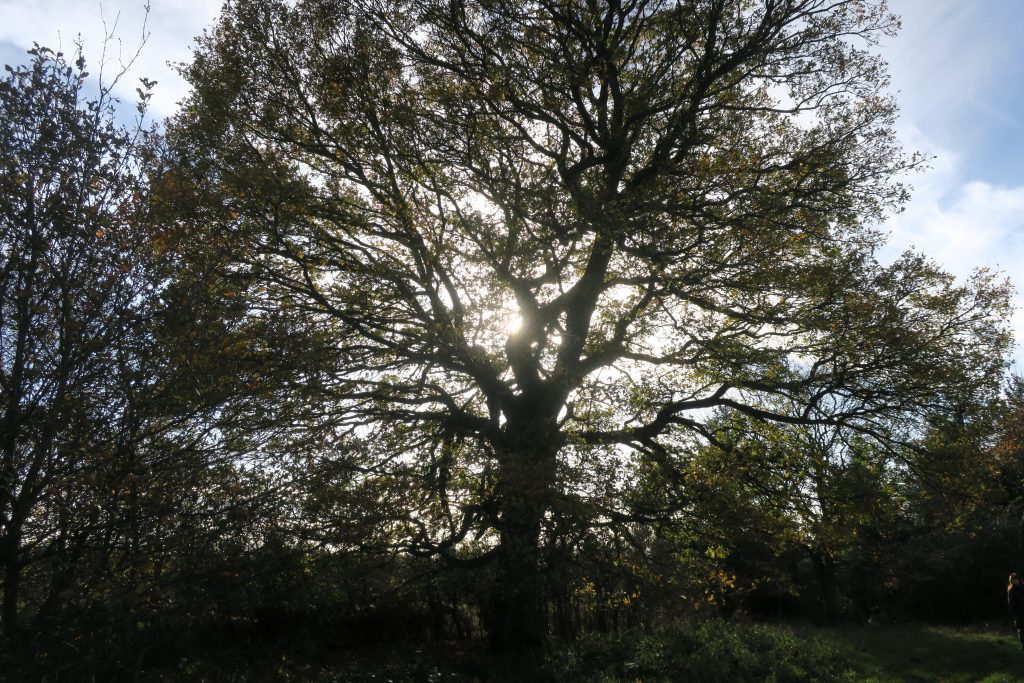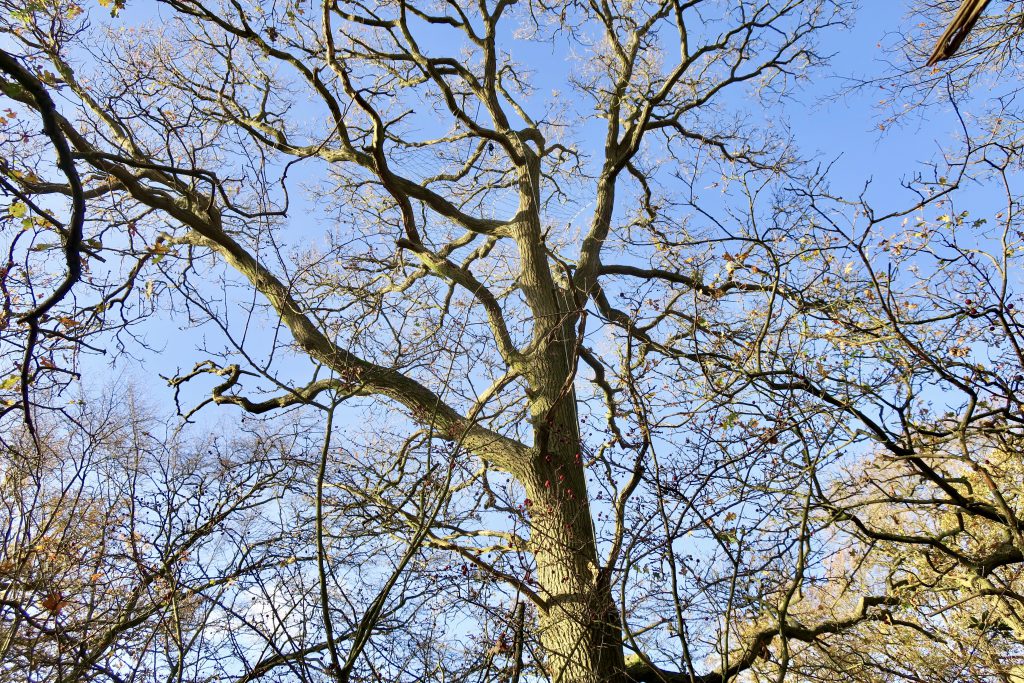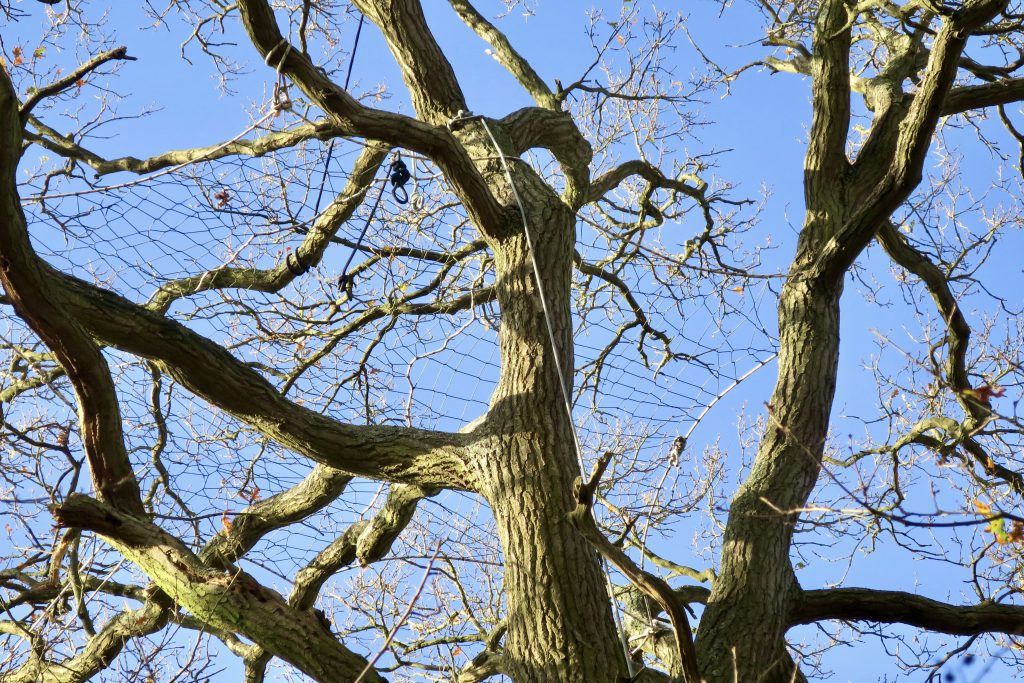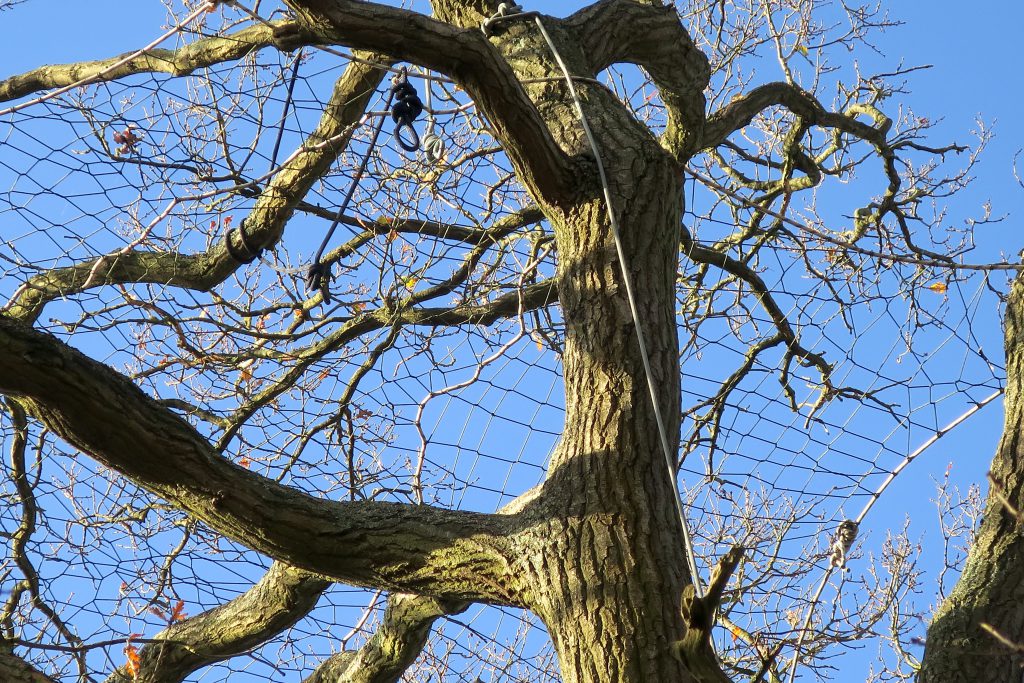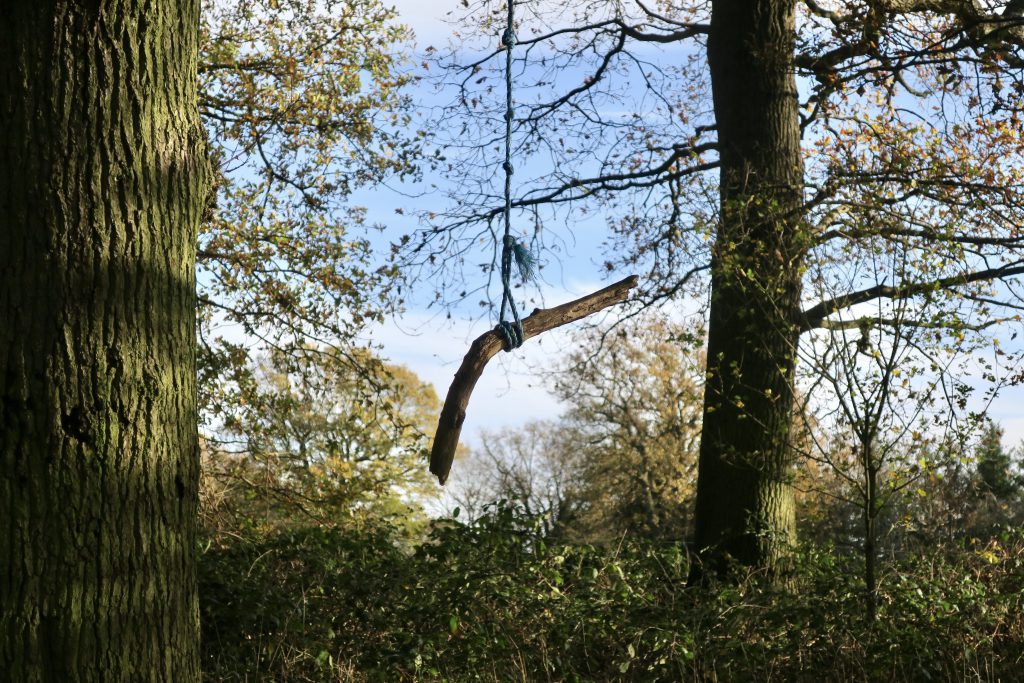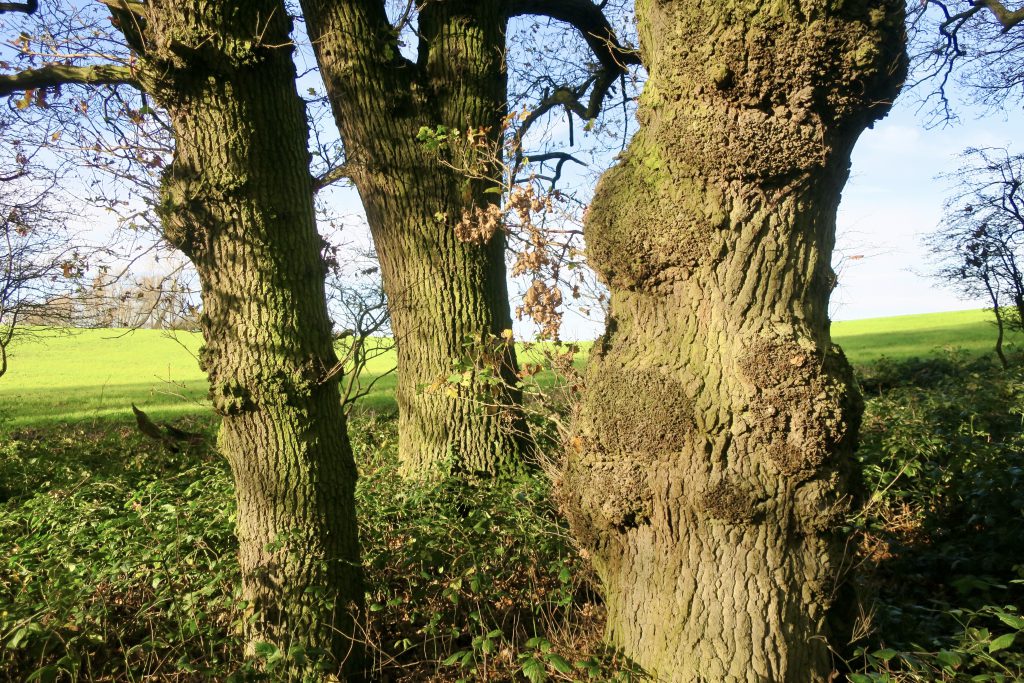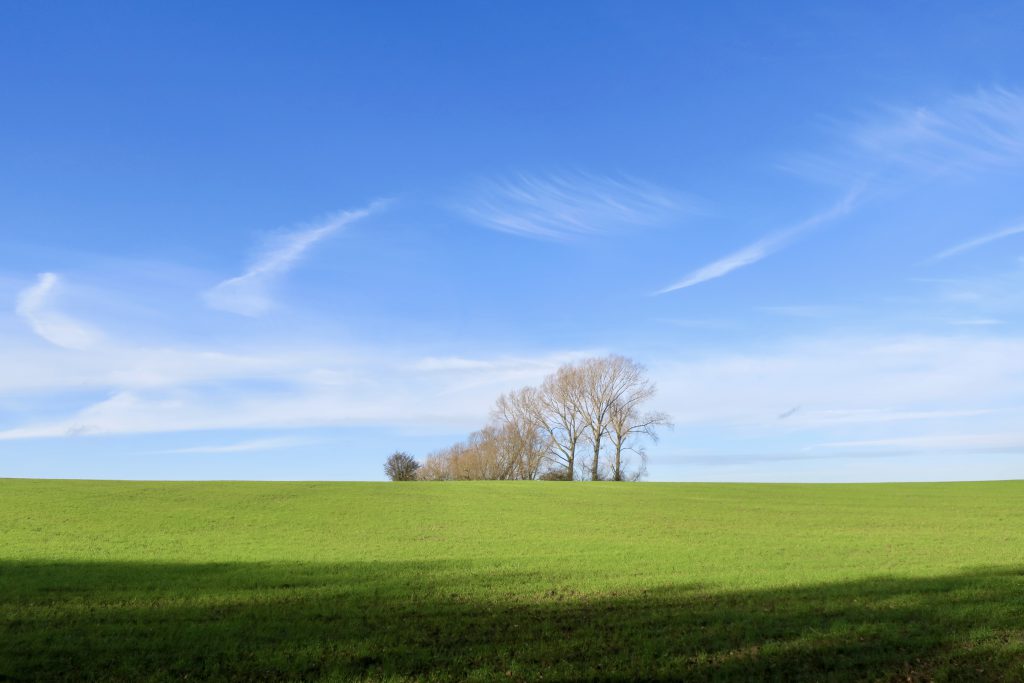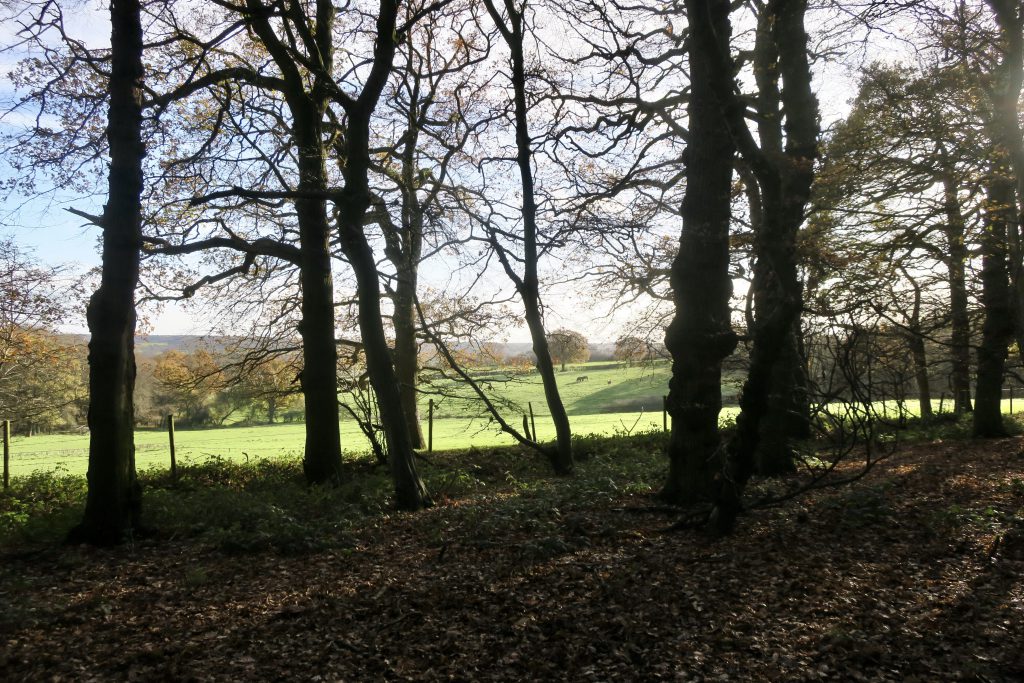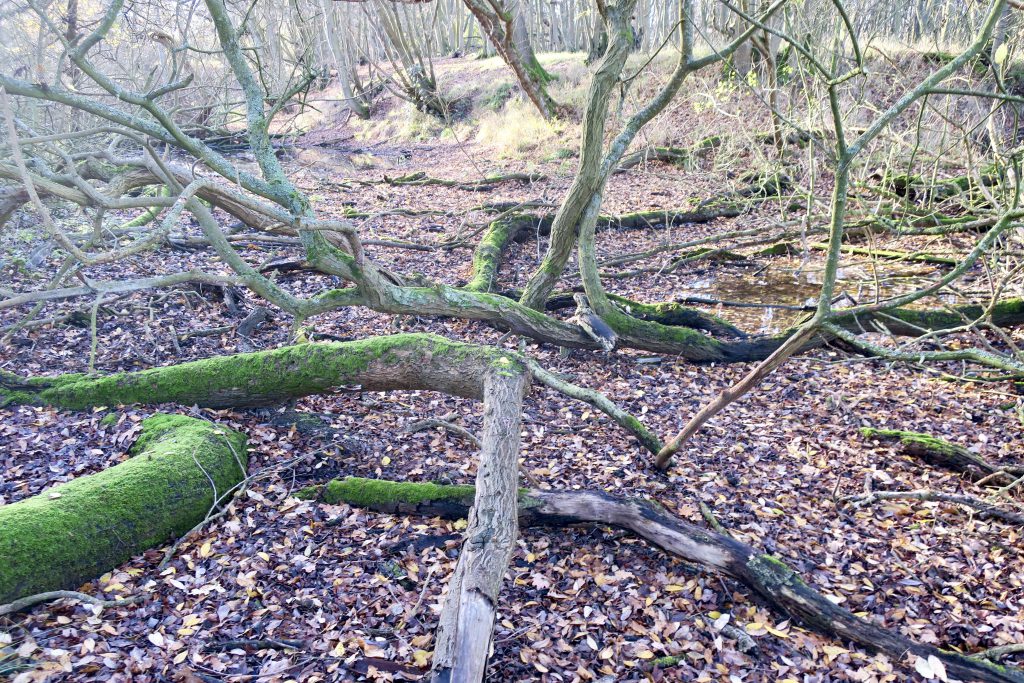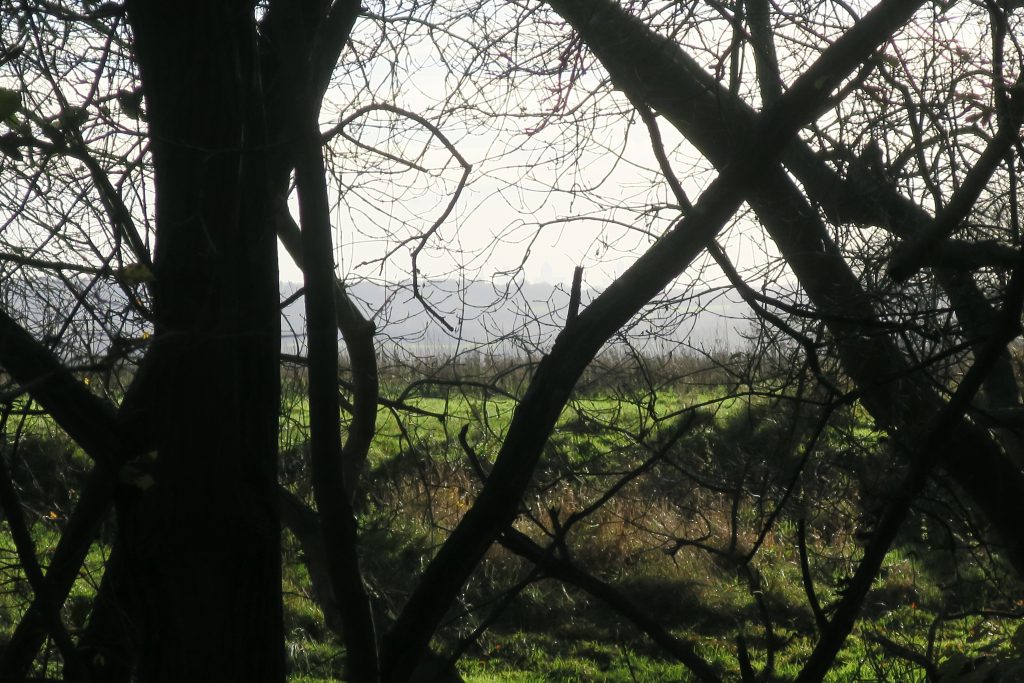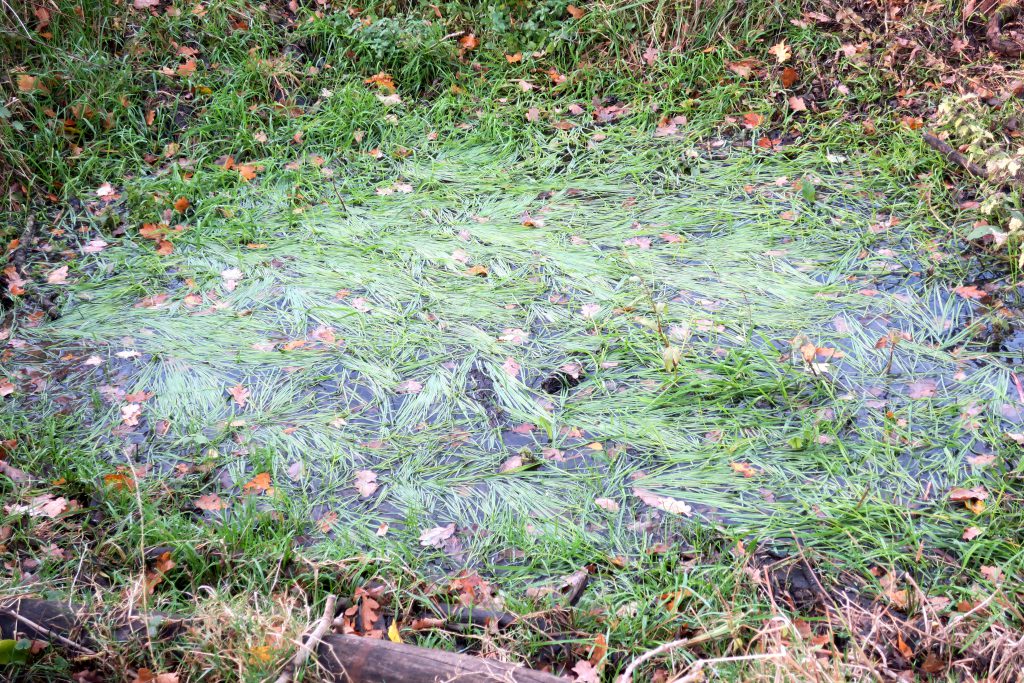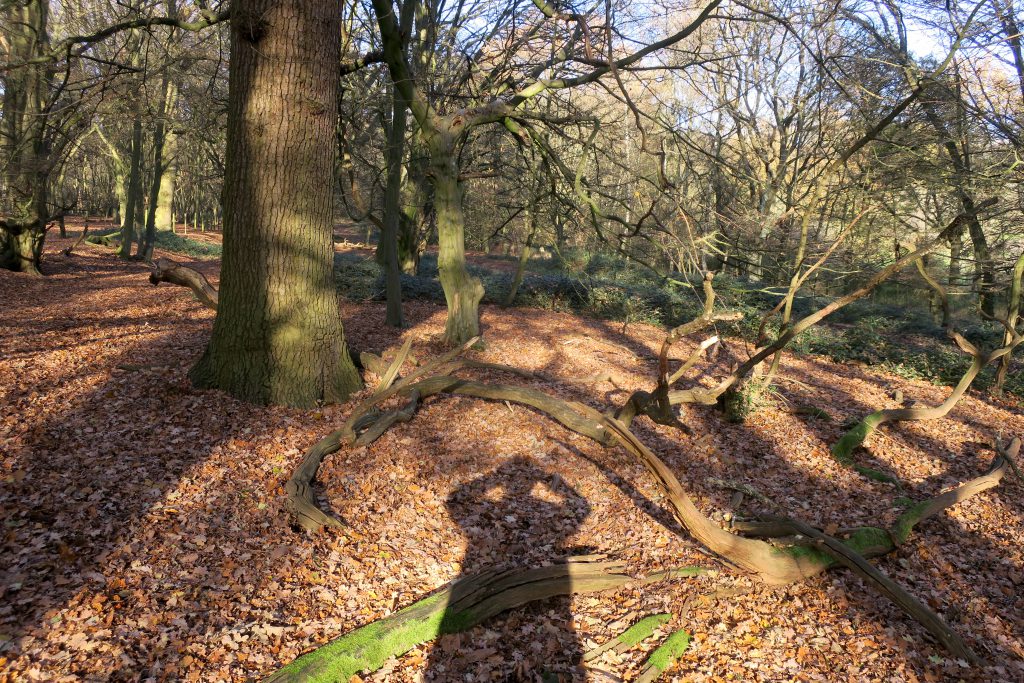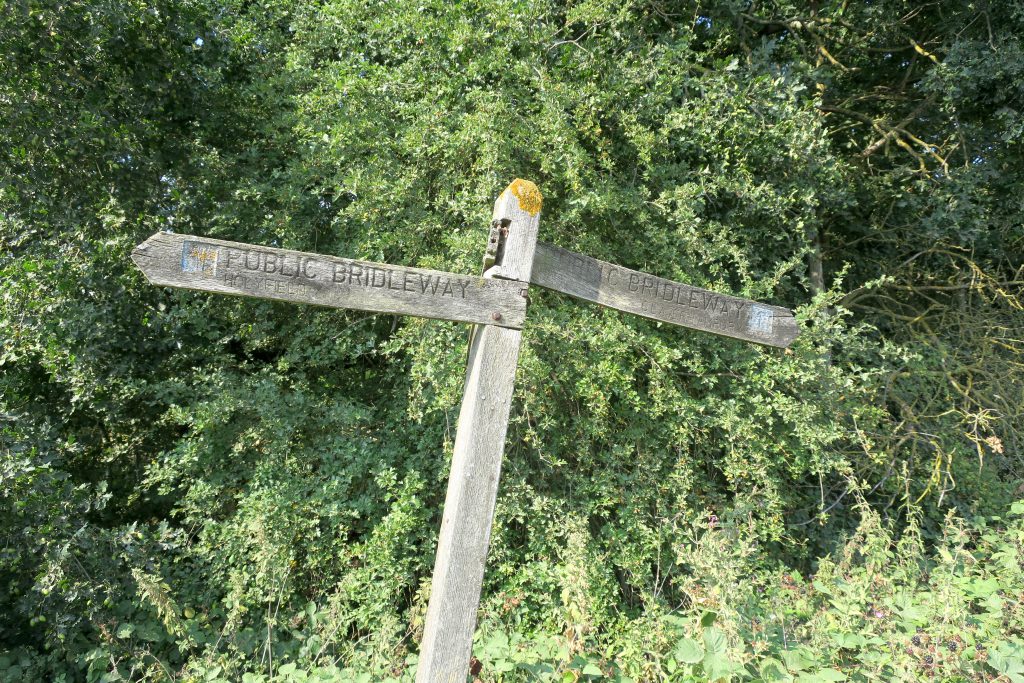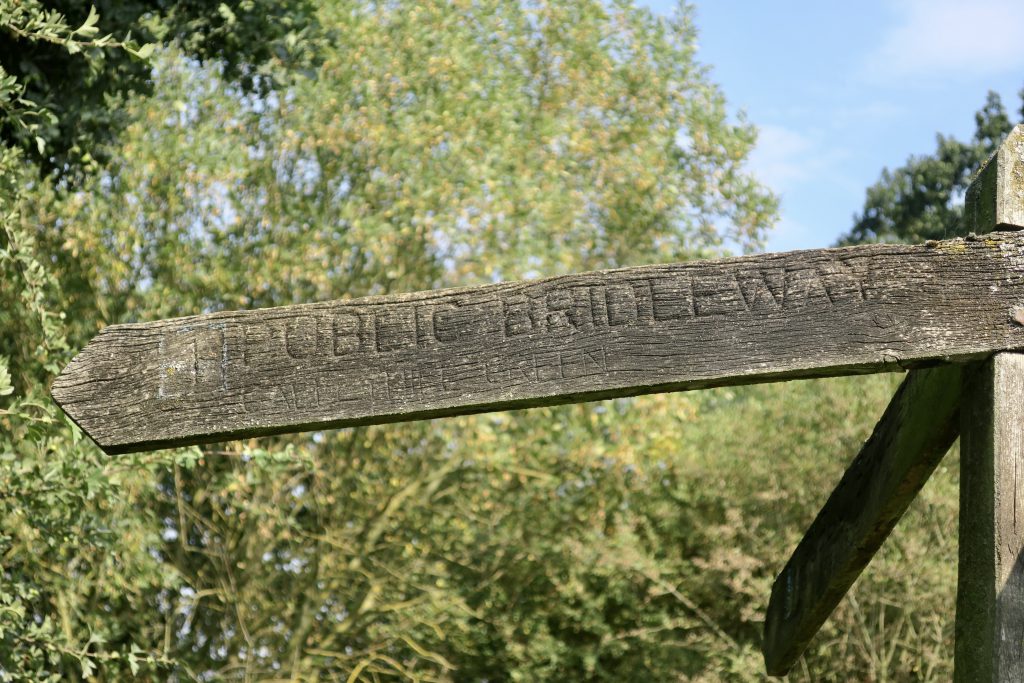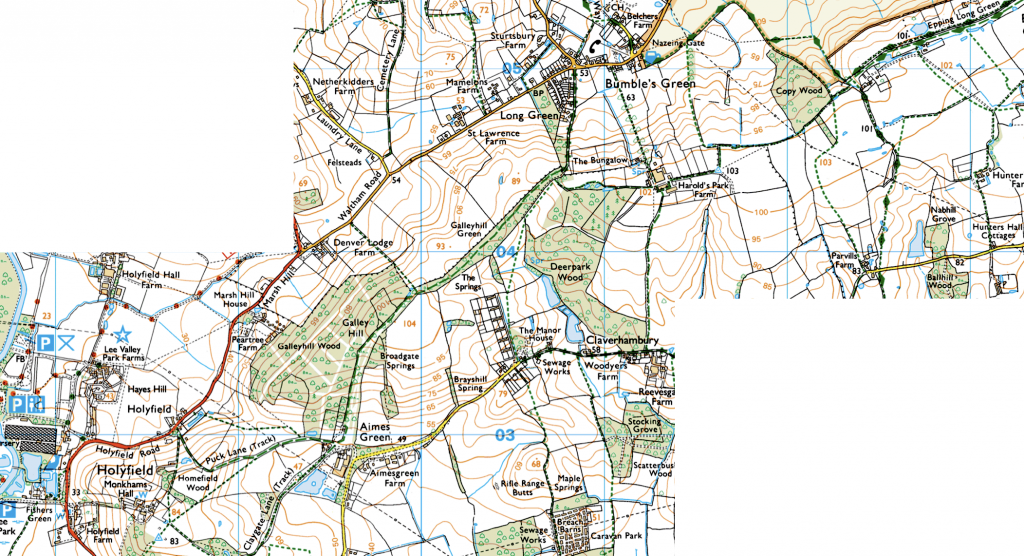A way-sign lost in the brambles, another signpost in the passage of time. The year telescopes down with each remembered walk swallowed up by the next one. The days are condensed, each shorter than the last (now getting longer), summer sunshine stored away to illuminate winter hibernation.
This was early August, a quick short escape to a detached section of Epping Forest, a quiet peripheral strip away from the crowds. The main body of the forest was busy like never before, a getaway, a rendezvous, a last resort.
Here was less frantic, more remote. It was our first visit to what is perhaps essentially little more than a wooded bridleway, but it has some fine trees and there’s a lovely light through the leaves, and today it was all ours.
A beaded nettle
A shaded cuckoo pint
A view across the Lea Valley
An out-of-reach rope swing
Oak portal
At this point, marked by a great multi-stemmed hornbeam, the path drops downhill into Bumbles Green, beyond the reach of Epping Forest, so we turned around to head back the way we had come. I only later discovered that from here we could have continued across the adjacent farmland to Epping Long Green, another detached section of Epping Forest. So, four months later, towards the end of November, on what was forecast to be a dull grey Sunday, we returned to walk the same path a second time.
※
We found the way-sign rescued from the brambles and the daylight bright with sunshine, a surprise bonus after weeks of gloom, our first walk in ages.
The path was a carpet of leaves, with an underlay of mud. What once was a summer stroll became a winter hike, exercising dormant peripheral muscles around the edges, through brambles and nettles, following deer tracks to avoid the quagmires, skirting the well-trodden bridleway.
Bark pavement
A mudland walk
It feels convoluted but direct, primeval, sticky and wet. Last time there was a plum tree near here with the sweetest ripe fruits. It’s an old drovers road where we can still taste the earth of our ancestors. It’s a fissure in the crust of our daily bread, a break from routine, a diversion, a safety valve.
This small sidetrack reconnects us with our roots.
Green snake river
Glaciated valley
Holloway
Then at the twisted hornbeam, where last time we turned back, we this time continued along a field edge path towards Harold’s Park Farm.
Only to be told when we got there that the path we’d taken was not a public right of way, we’d been trespassing, but without signs it was hard to know.
We asked directions through the stable yard and east to Epping Long Green.
There’s a trig point so I guess this must be the highest place around here.
But the low sun makes it difficult to see the view south across London.
Winter field
It was a sticky path back to the beginning of a walk we’d done earlier.
So we turned back, this mushroom was our pivot, and headed into the sun.
The hives were on holiday
and a tree split in two.
C-print (inverted)
A highpoint WW2 pillbox with panoramic anti-aircraft emplacement beside a field full of peace on earth Christmas trees. And Brexit on the horizon.
A cracked willow and a hundred broken promises.
We returned through the farmyard and filtered down the public footpath.
All the way to a curious oak with a rope down its trunk
and a net beneath the sky.
I was tempted to climb up and spend a night under the stars.
A long-distance faint silhouette of Canary Wharf Tower.
Holyfield – Claverhambury
Galleyhill Green
Galley Hill / Aimes Green
The area thus named comprises several long green lanes radiating from Aimes Green. Two, Puck Lane and Clapgate Lane, extend westwards to the Waltham Abbey – Nazeing Road; a third eastwards towards Claverhambury; and the fourth, Galley Hill Green, northwards towards Bumbles Green. Part of the latter carries some good unpollarded oaks, but generally speaking they are all dense with growth of the shrub layer. Ground conditions are heavy and wet. It is a favourite resort of nightingales.
Alfred Qvist: Epping Forest


